A definitive Cy Twombly retrospective reasserts his status as a modern master
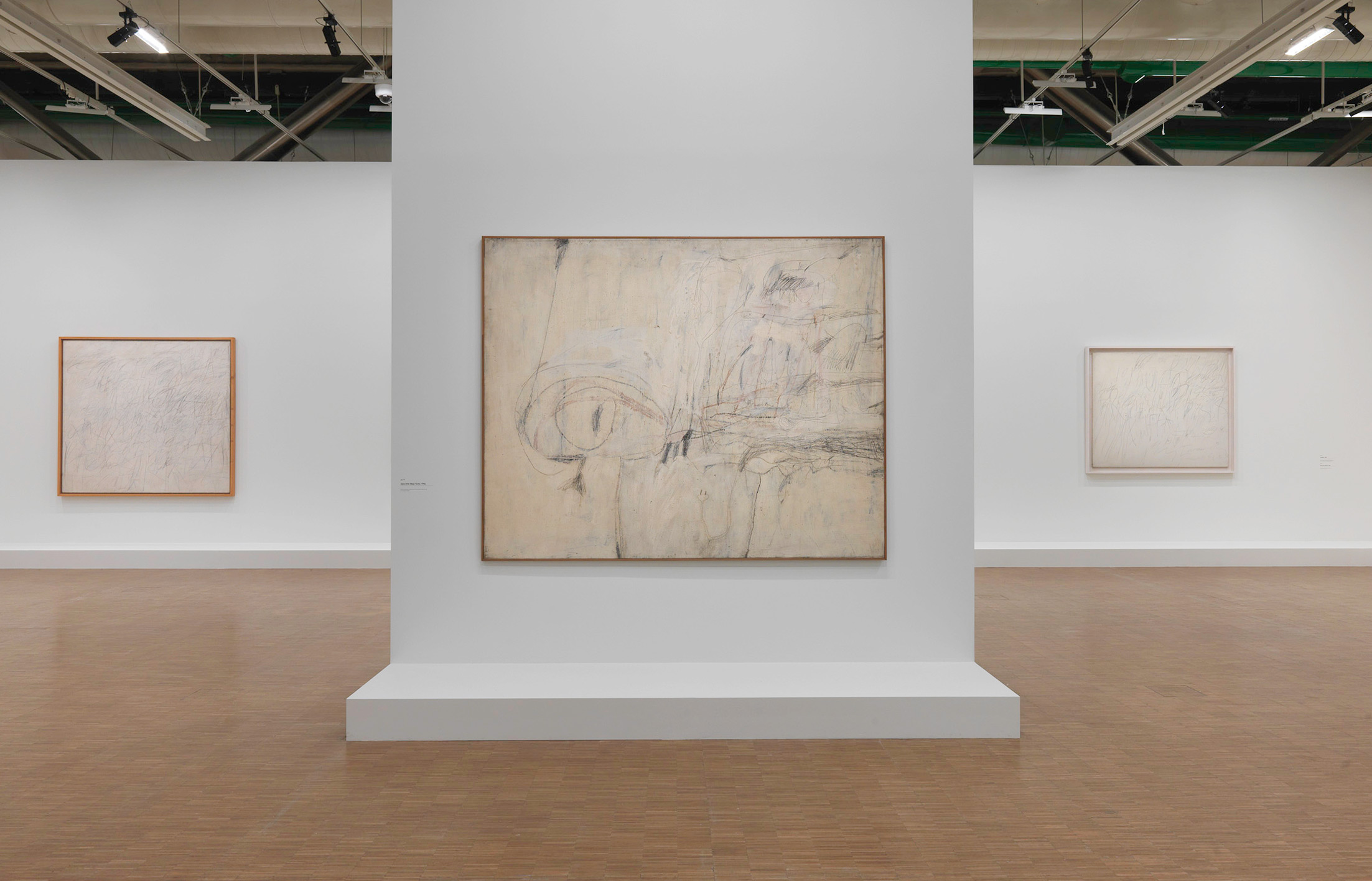
In the autumn of 1963, John F Kennedy was assassinated in Dallas, Texas. His wife, Jackie Kennedy, was wearing a strawberry pink suit at the time. She famously insisted on wearing it – still stained with his blood – during the swearing-in of Lyndon B Johnson and for the flight back to Washington DC with the president’s body.
It was this pivotal event – and sartorial detail – that the late American painter Cy Twombly devoted a cycle of paintings to immediately after. The 1963 series Nine Discourses on Commodus would go on show the following spring at Leo Castelli’s gallery in New York. As the story goes, Twombly didn’t travel with the works and they were installed without him in the wrong order. Critics vehemently derided the exhibition. Donald Judd wrote a ‘killer review’; others proclaimed they were ‘old-fashioned’ and ‘too European’.
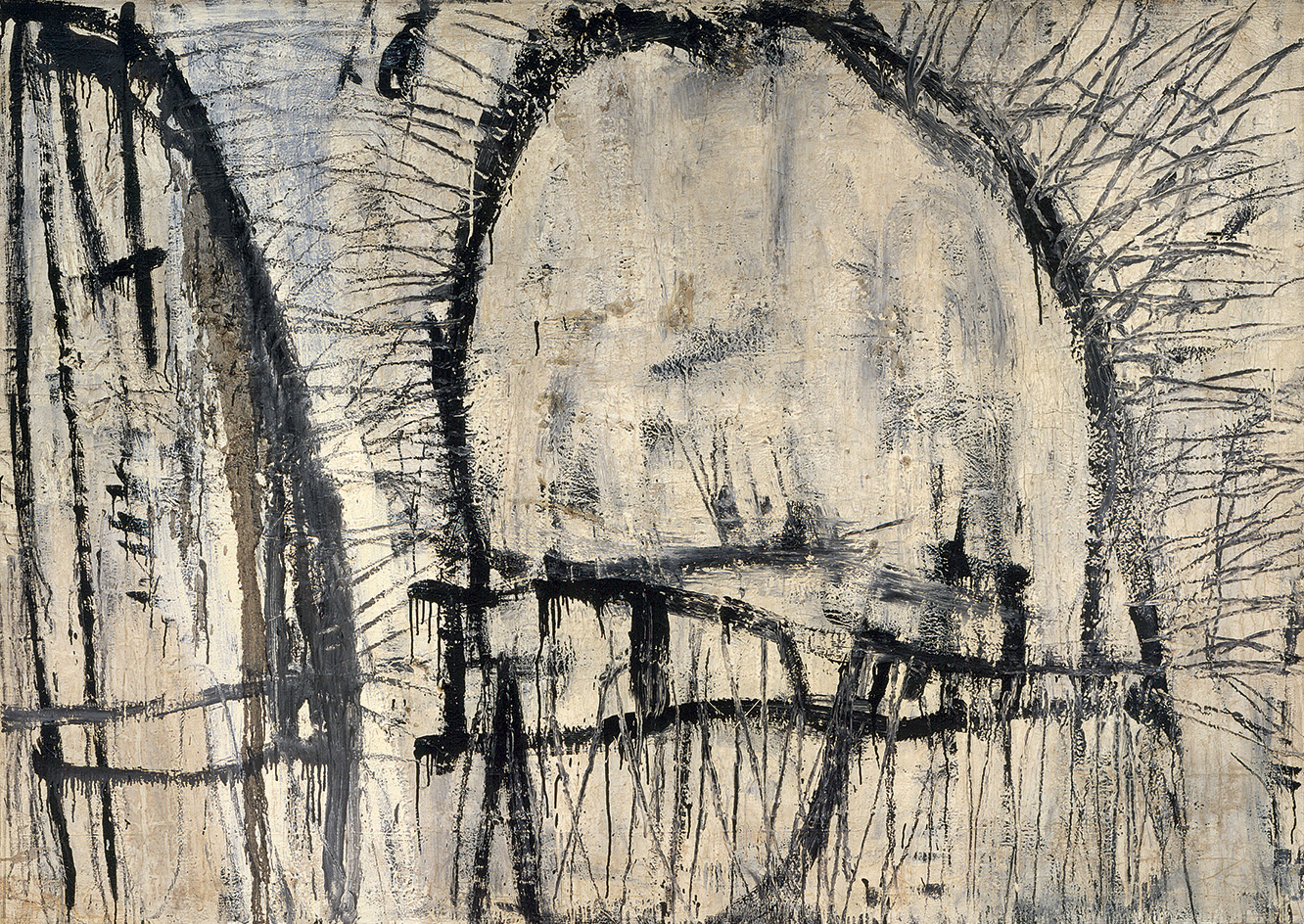
‘Volubilis’, 1953.
Now, these remarkable works are on display at the Centre Pompidou as part of a definitive retrospective opened in Paris, the first since the artist’s death in 2011. Centred on three major cycles – the aforementioned Nine Discourses on Commodus; Fifty Days at Iliam (1978); and Coronation of Sesostris (2000) – the survey spans Twombly’s 60-year career through some 140 paintings, drawings, photographs and sculptures mapped out chronologically.
Born in 1928 in Lexington, Virginia, Edwin Parker Twombly adopted his father’s nickname, ‘Cy’ (after the baseball player Cyclone Young). His affinity for art formed early on, nourished by the guidance of the Spanish artist Pierre Daura. By 1950, Twombly found himself studying in New York, where he would meet artists Robert Rauschenberg and Jasper Johns; the trio would forge a deep, lifelong friendship, influencing each other’s artistic practices. (In serendipitous symmetry, Rauschenberg is also the current subject of a major retrospective at Tate Modern in London).
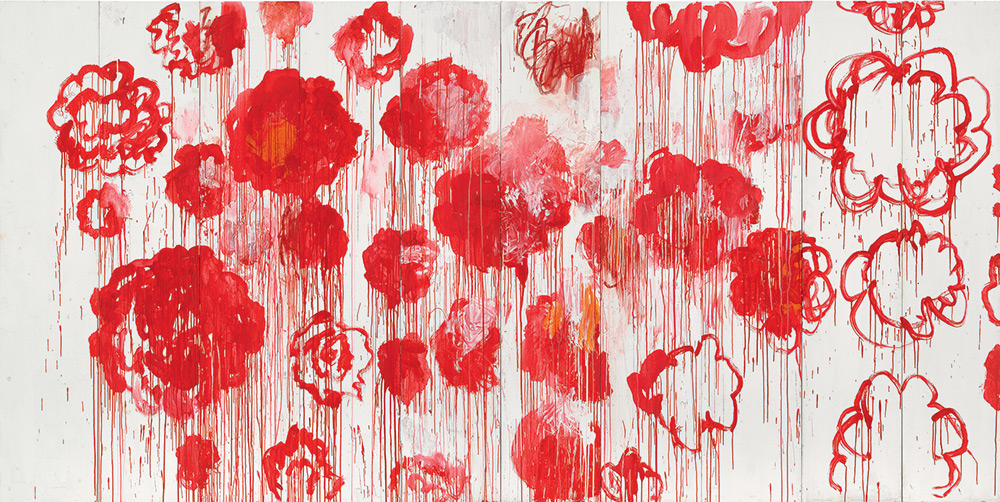
‘Blooming’, 2001–2008.
The show opens with a painting exhibited at Twombly’s first solo exhibition at Stable Gallery in New York in 1955. It’s a work that the artist kept all his life, ‘unique’ in its semi-figurative nature. Among the graffiti-like scrawls, an eye stares down visitors at the entrance. As curator Jonas Storsve explains, ‘The visitor watches the painting, at the same time the painting looks back.’
It’s a sentiment that carries throughout the show. Personal anecdotes of love, sex and death pervade Twombly’s works, but the cryptic artist always deftly deflects, citing various real-world events or Greco-Roman influences.
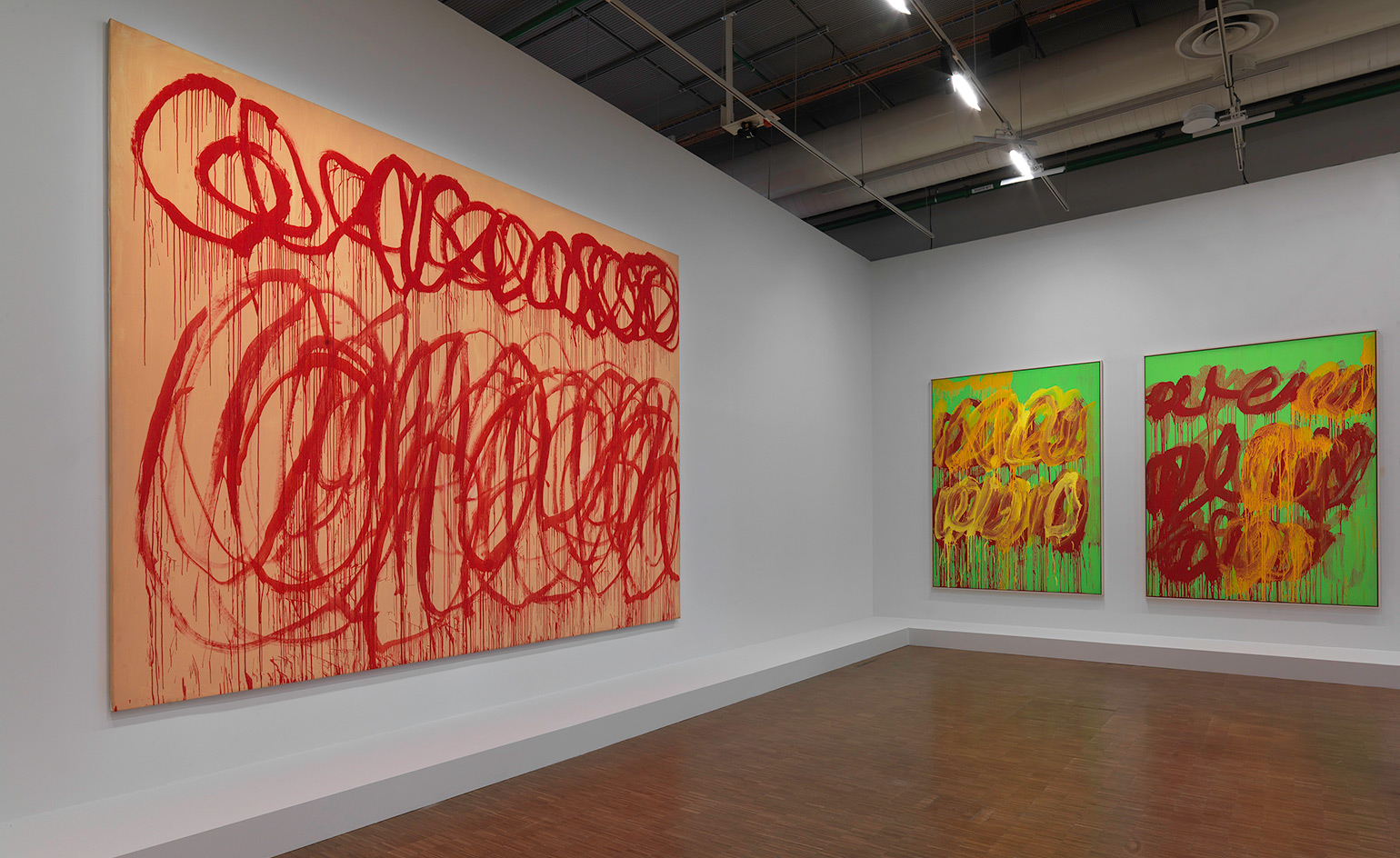
The retrospective closes with works produced at the end of Twombly’s career, in his studio in Gaeta. © Centre Pompidou.
Twombly’s artistic transformation is explored in earnest at the Centre Pompidou. Along the way, visitors also get a glimpse into other lesser-known facets of his practice – an array of his sculptures perfectly punctuate the exhibition halfway through, while his Polaroids are a revelation. (The enigmatic Twombly photographed quite extensively throughout his career, but only first revealed these images in the 1990s.)
In 2005, at the height of the Iraq War, Twombly embarked on an epic series of paintings in his Gaeta studio. Returning to the characteristic writing he had explored in the Black Paintings of the late 1960s, the Bacchus series serves as the show-stopping finale; potent, swirling canvases of blood-red paint allude to wine and death at once. Twombly’s evolution is complete.
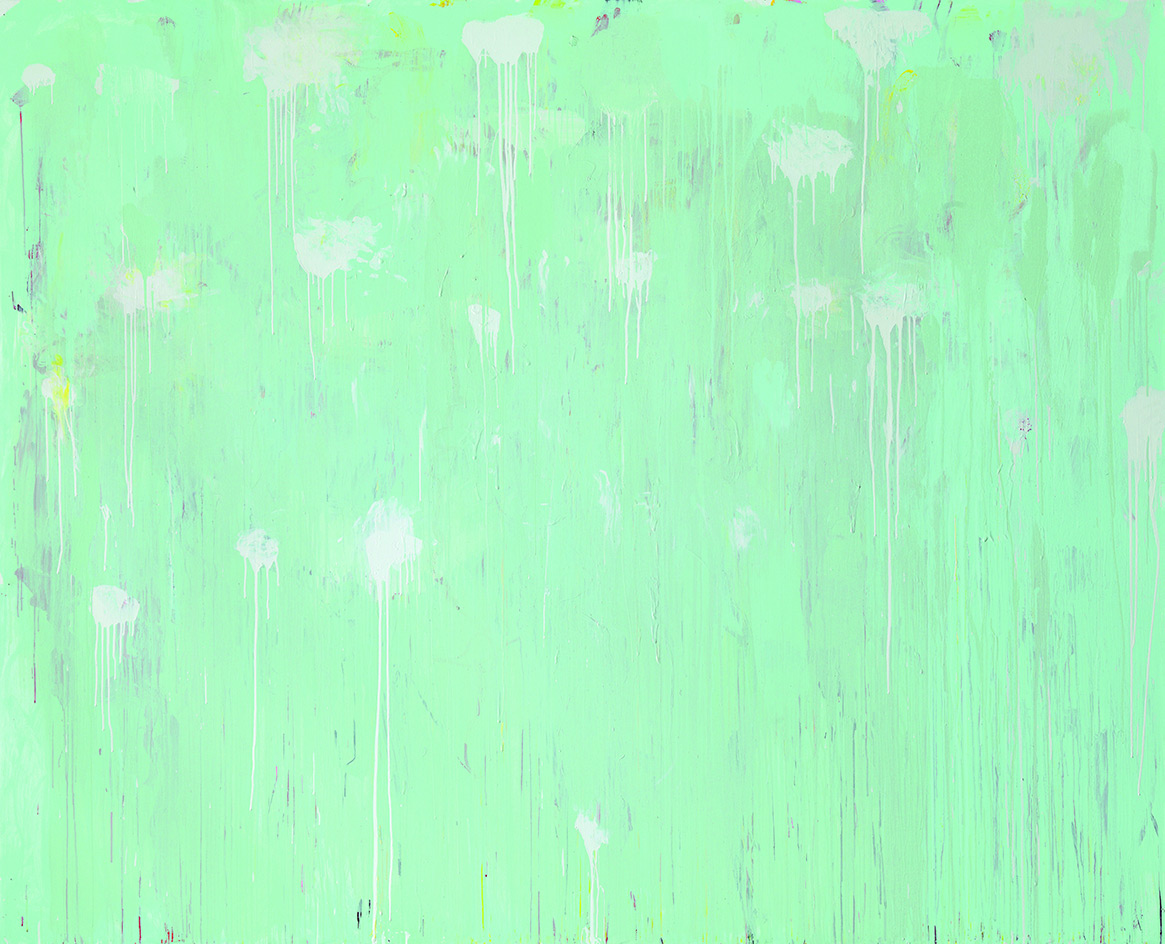
‘Sans titre (A Gathering of Time)’, 2003.
The Centre Pompidou retrospective – comprehensive, but arguably incomplete – does an immense service to Twombly’s oeuvre, unfurling the complexities of an artist oft maligned in his time, but certainly not now.
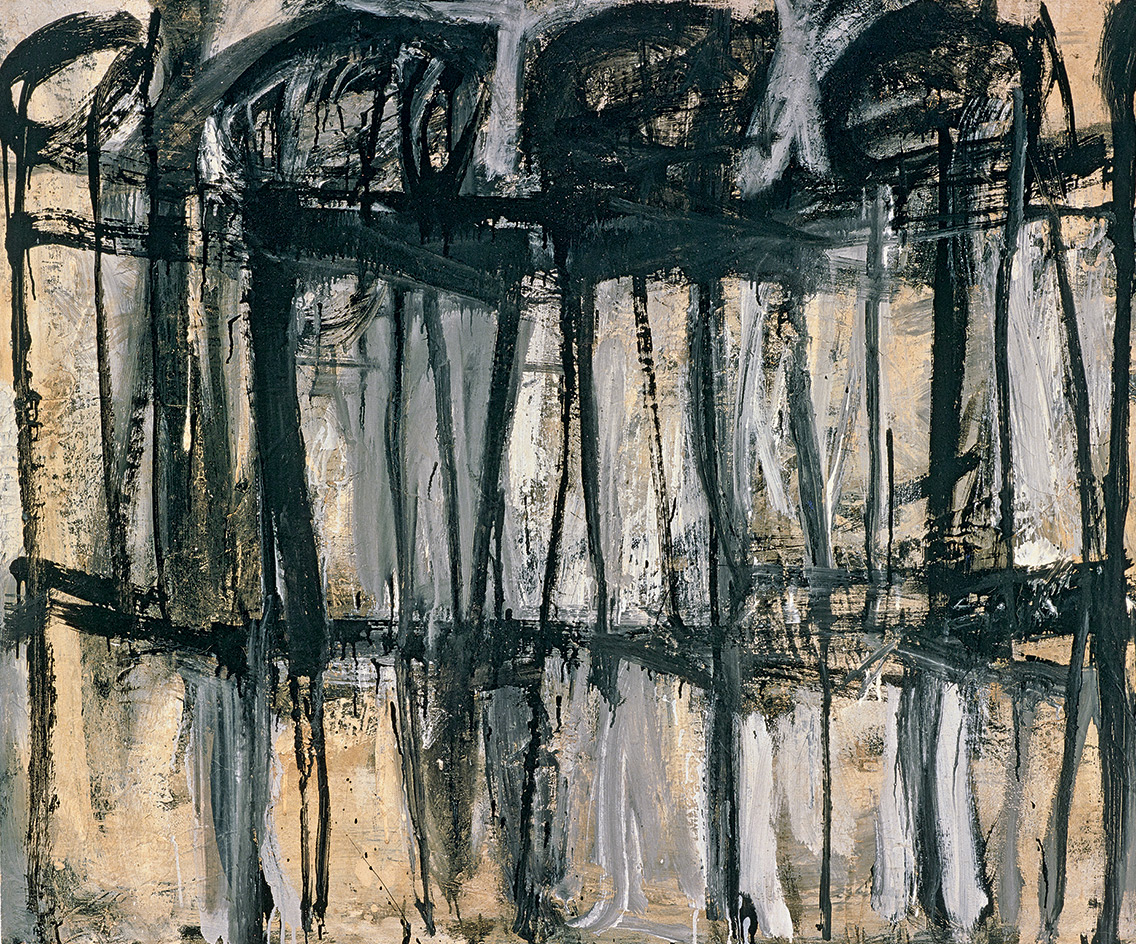
The major survey spans Twombly’s 60-year career through some 140 paintings, drawings, photographs and sculptures mapped out chronologically. Pictured, Untitled (Lexington), 1951.
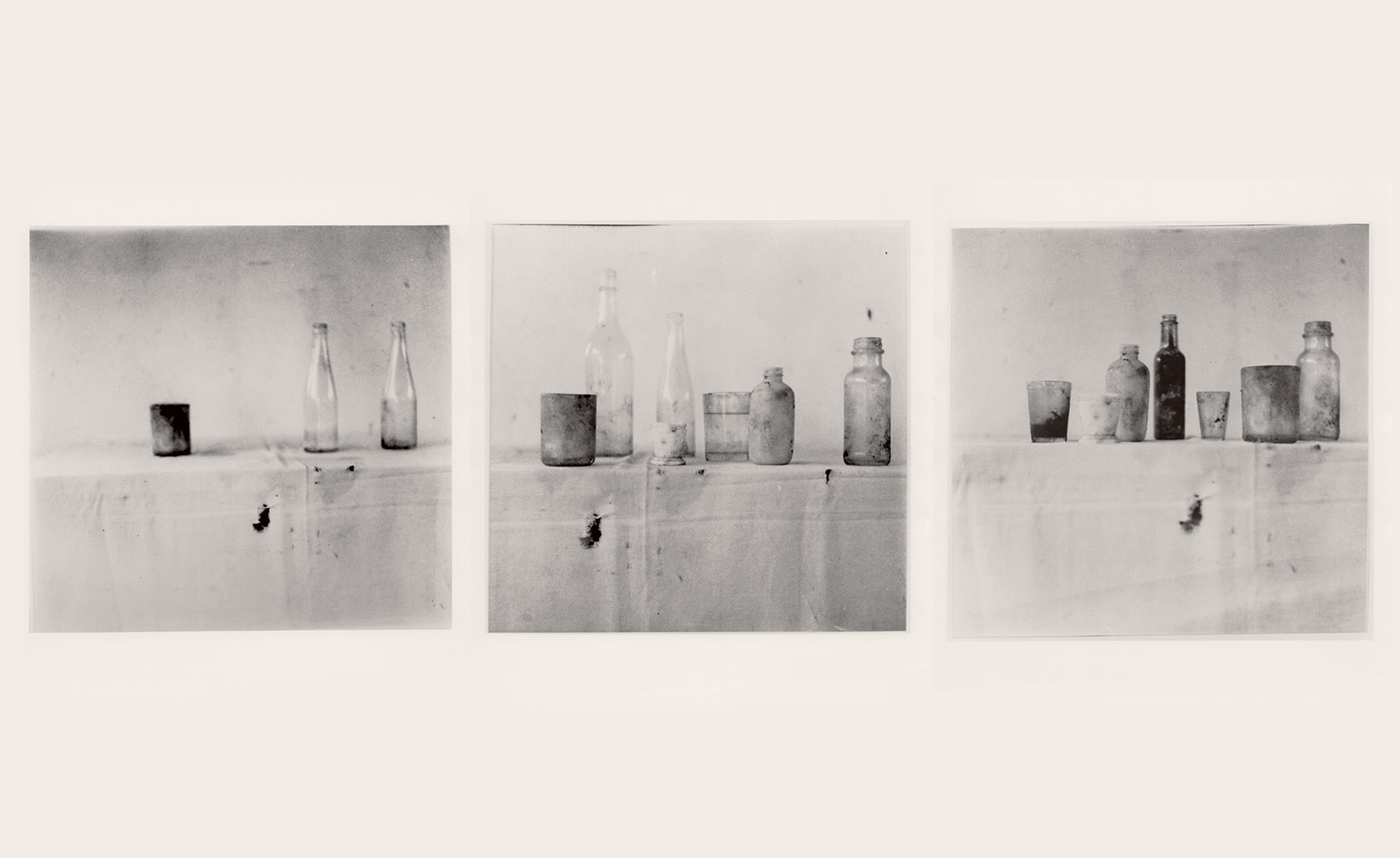
Still Life, Black Mountain College, 1951.
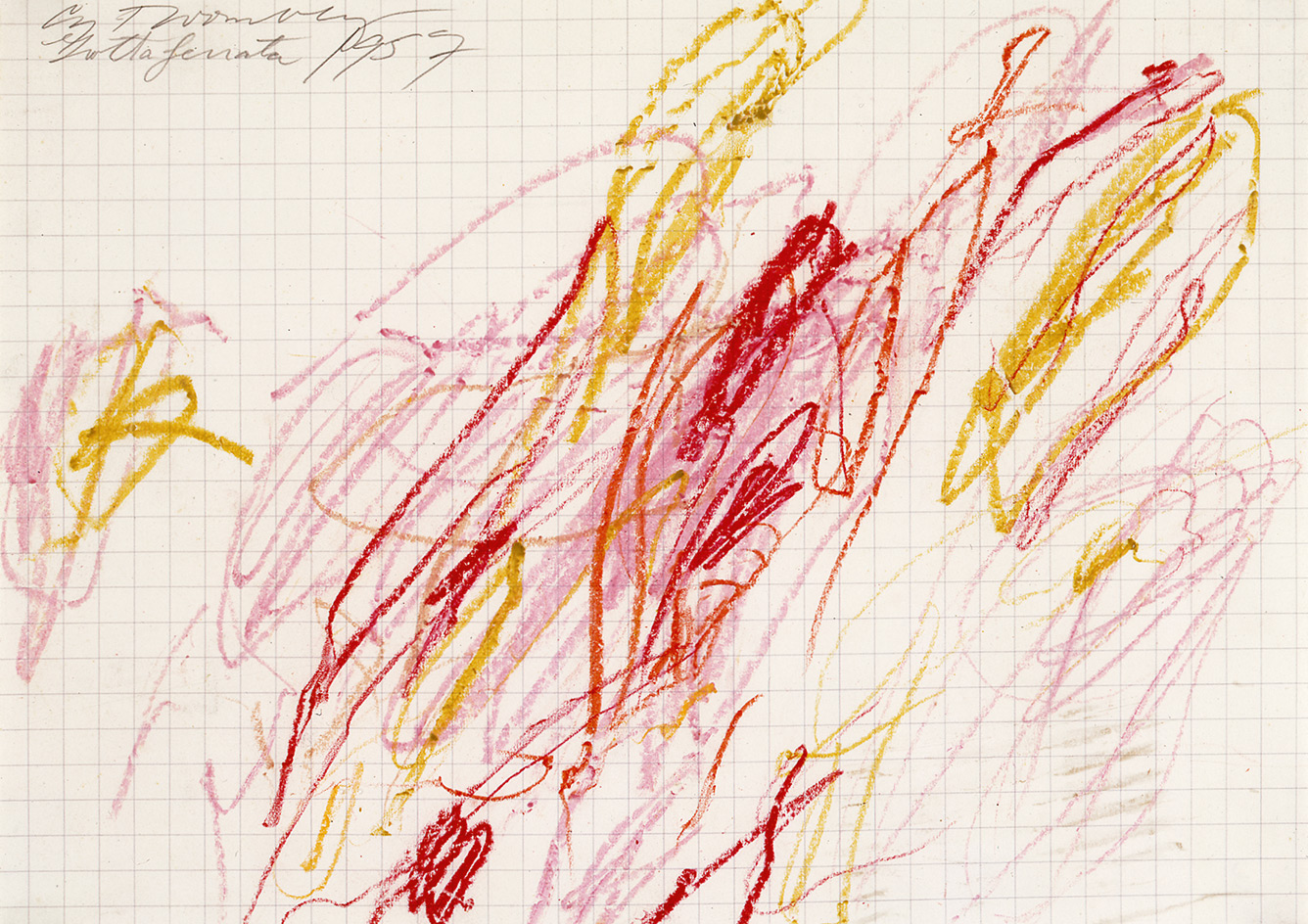
Untitled (Grottaferrata), 1957.
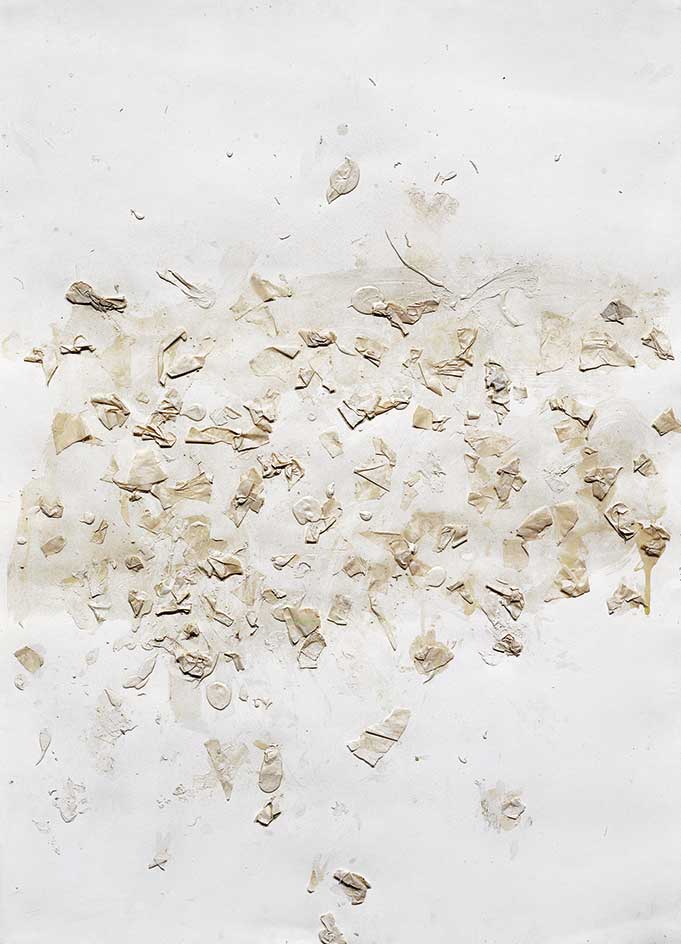
Sperlong Collage, 1959.
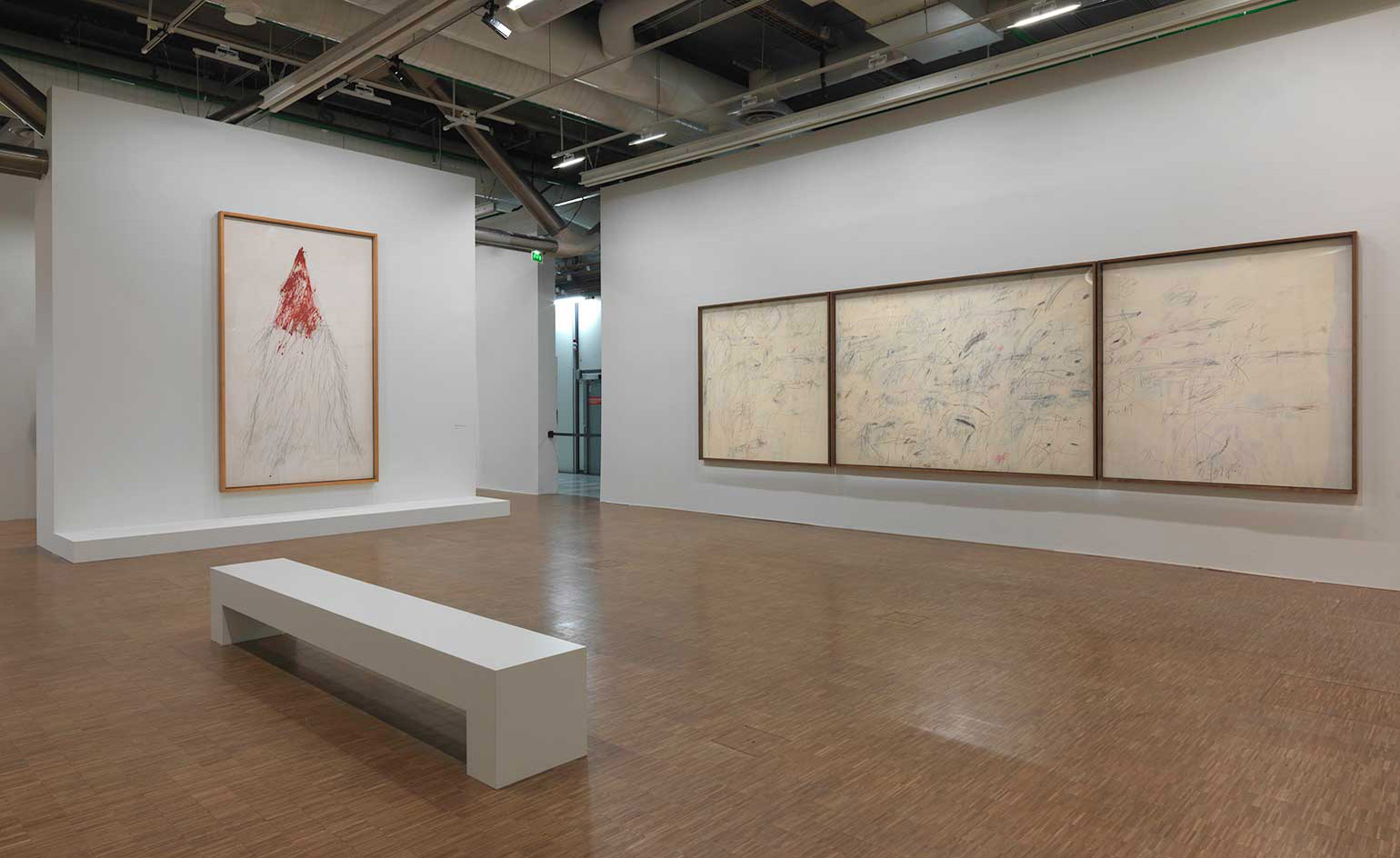
The fourth room of the exhibition is dedicated to works the artist produced in Rome between 1960 and 1962, following his marriage to Italian aristocrat Luisa Tatiana Franchetti. Twombly produced some of his most sexual paintings during this period. © Centre Pompidou.
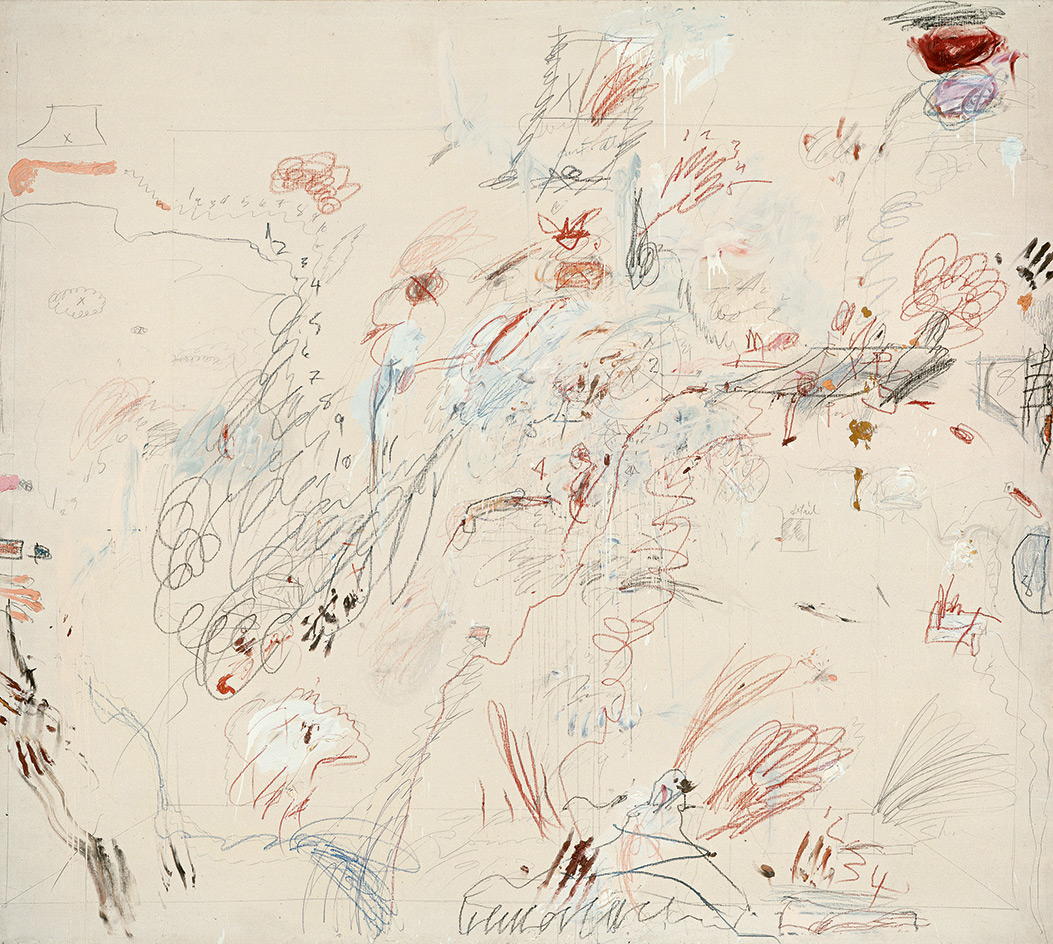
Dutch Interior, 1962.
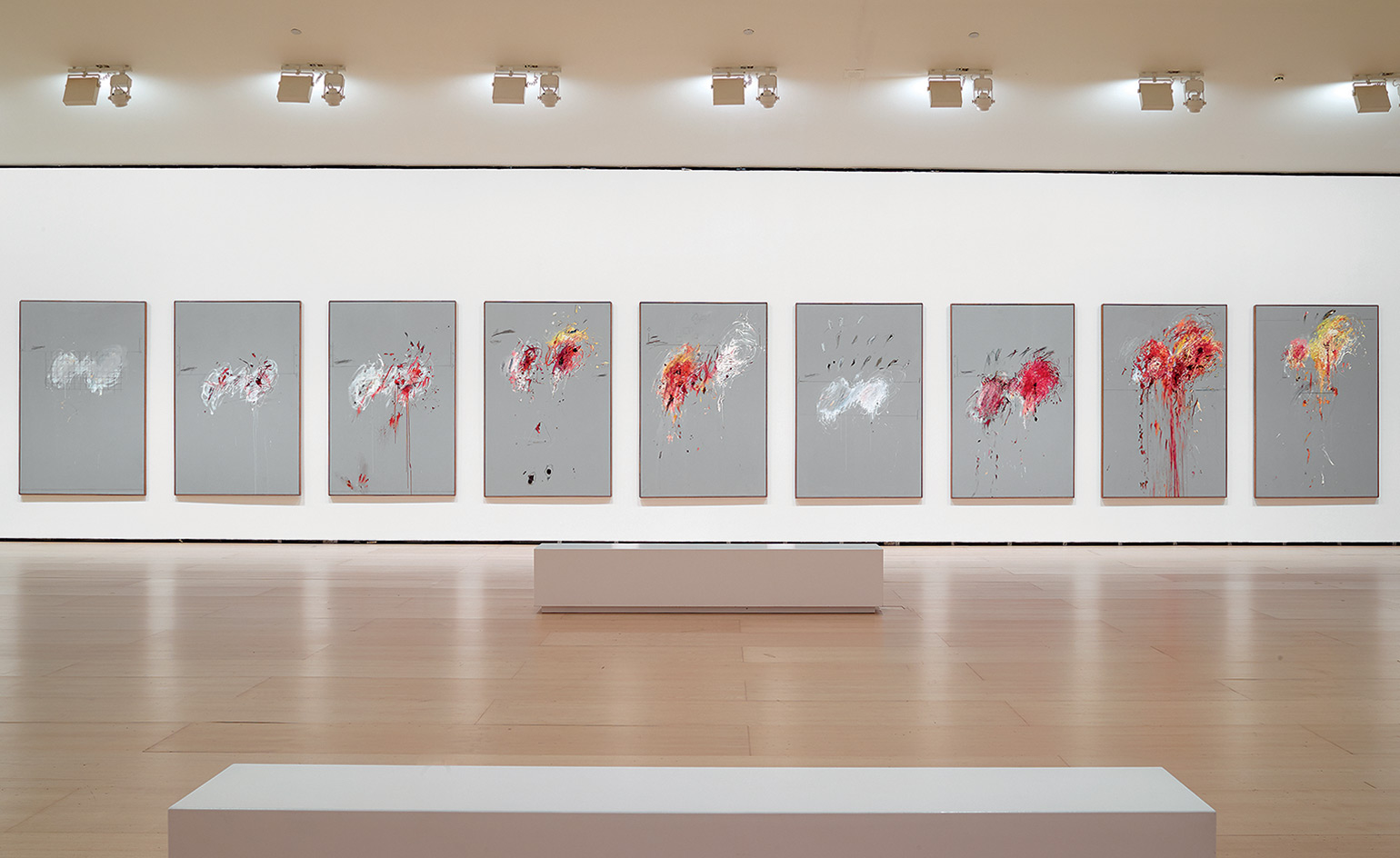
In late 1963, following John F Kennedy’s assassination, Twombly devoted a cycle of nine paintings to the Roman emperor Commodus (161–192), son of Marcus Aurelius and remembered as a cruel and bloodthirsty ruler
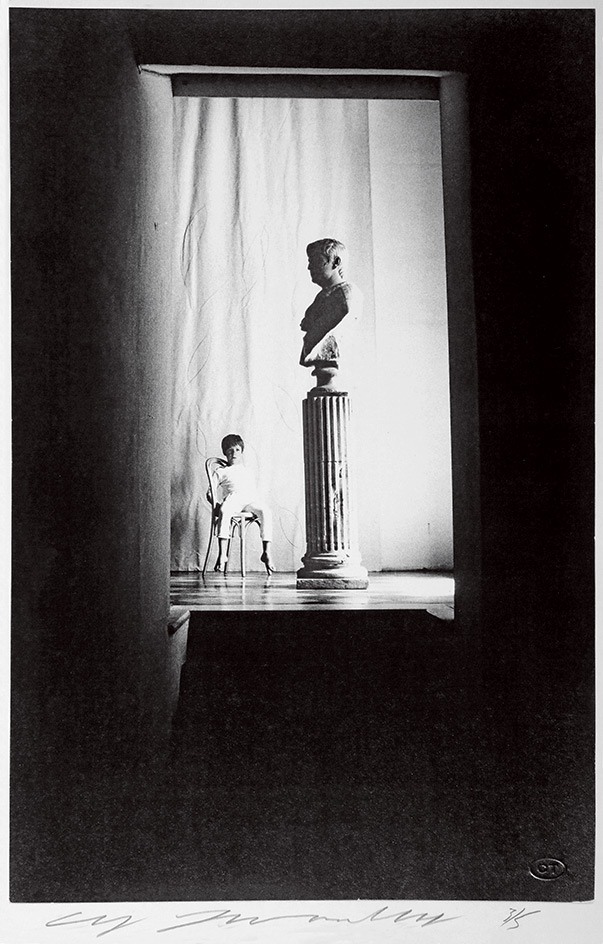
The Paris exhibition was organised with the support of the artist’s son, Alessandro Twombly – the show includes this 1965 portrait of him as a child.
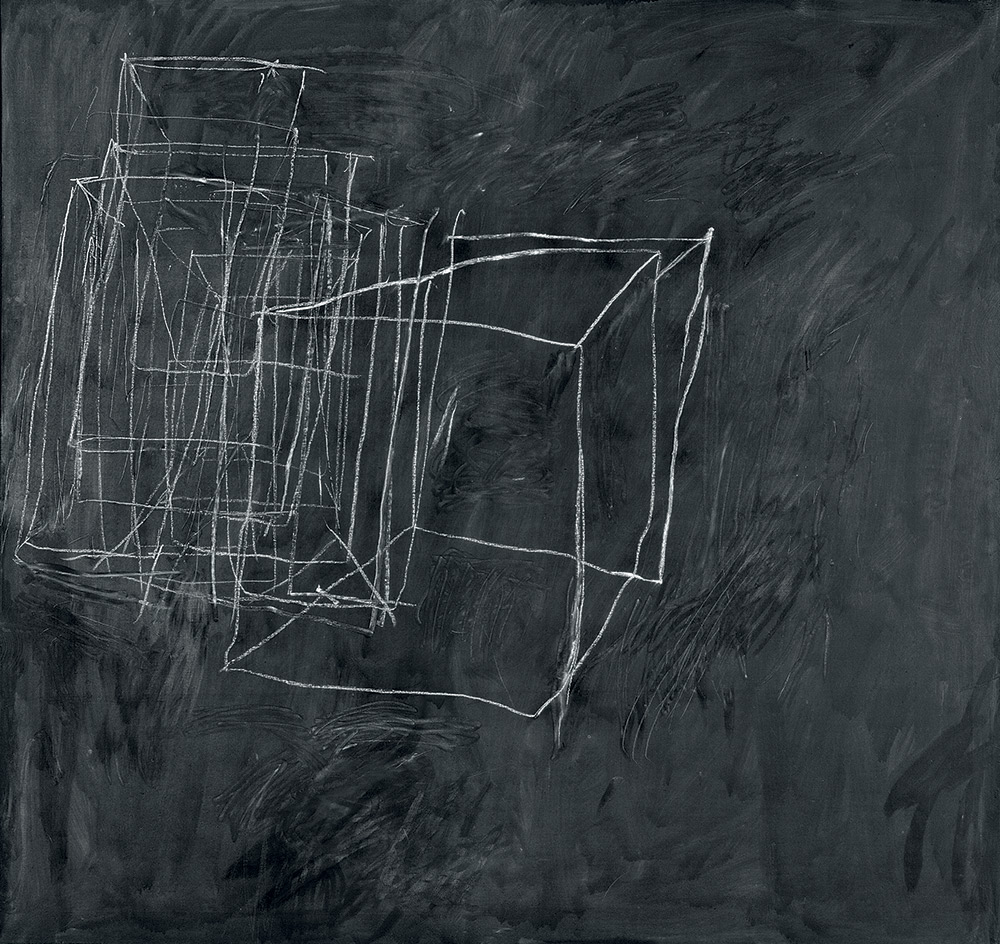
Night Watch, 1966. , Inc; and Cheim & Read
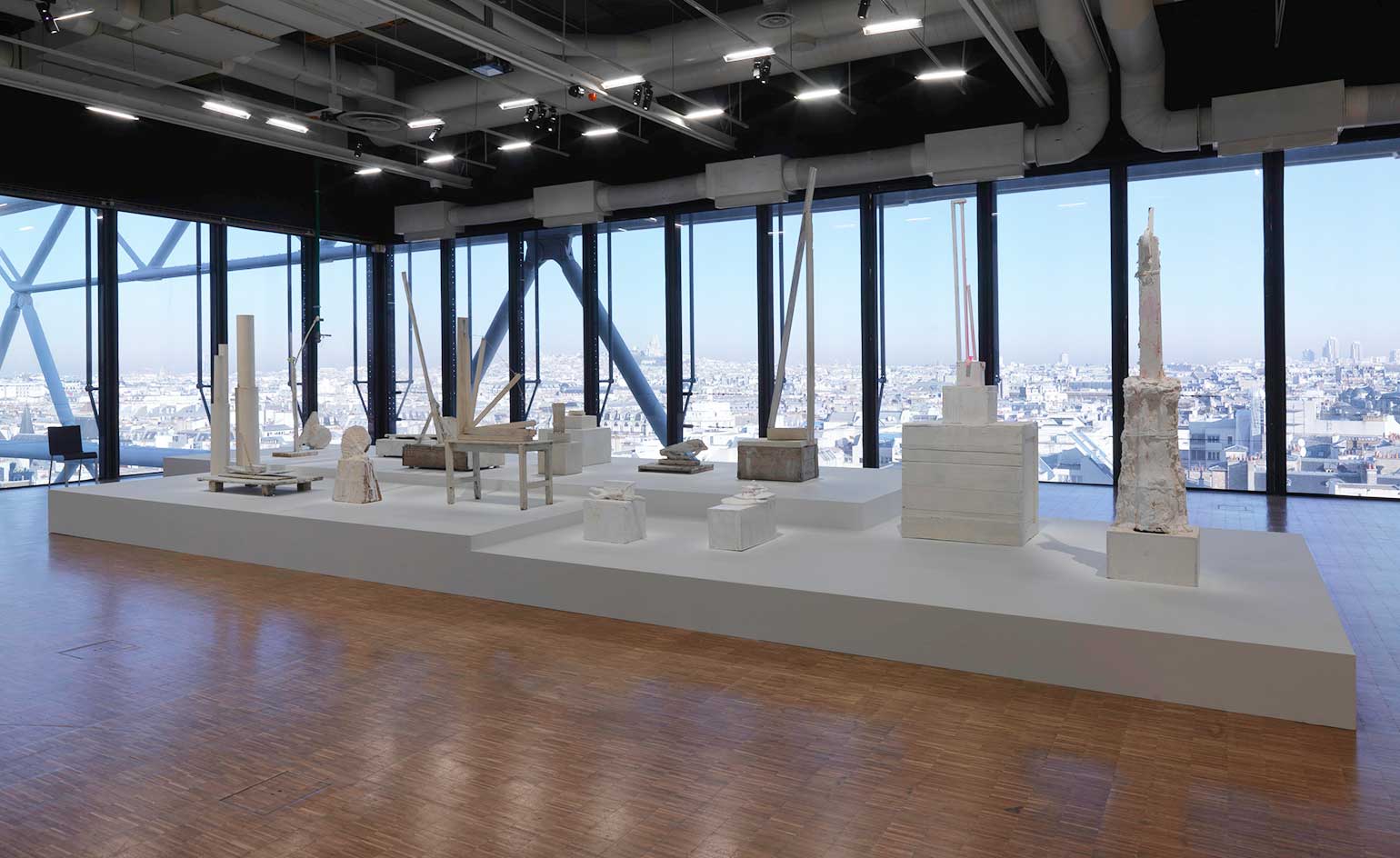
Visitors also get a glimpse into other lesser-known facets of Twombly’s practice – an array of his sculptures perfectly punctuate the exhibition halfway through. © Centre Pompidou.
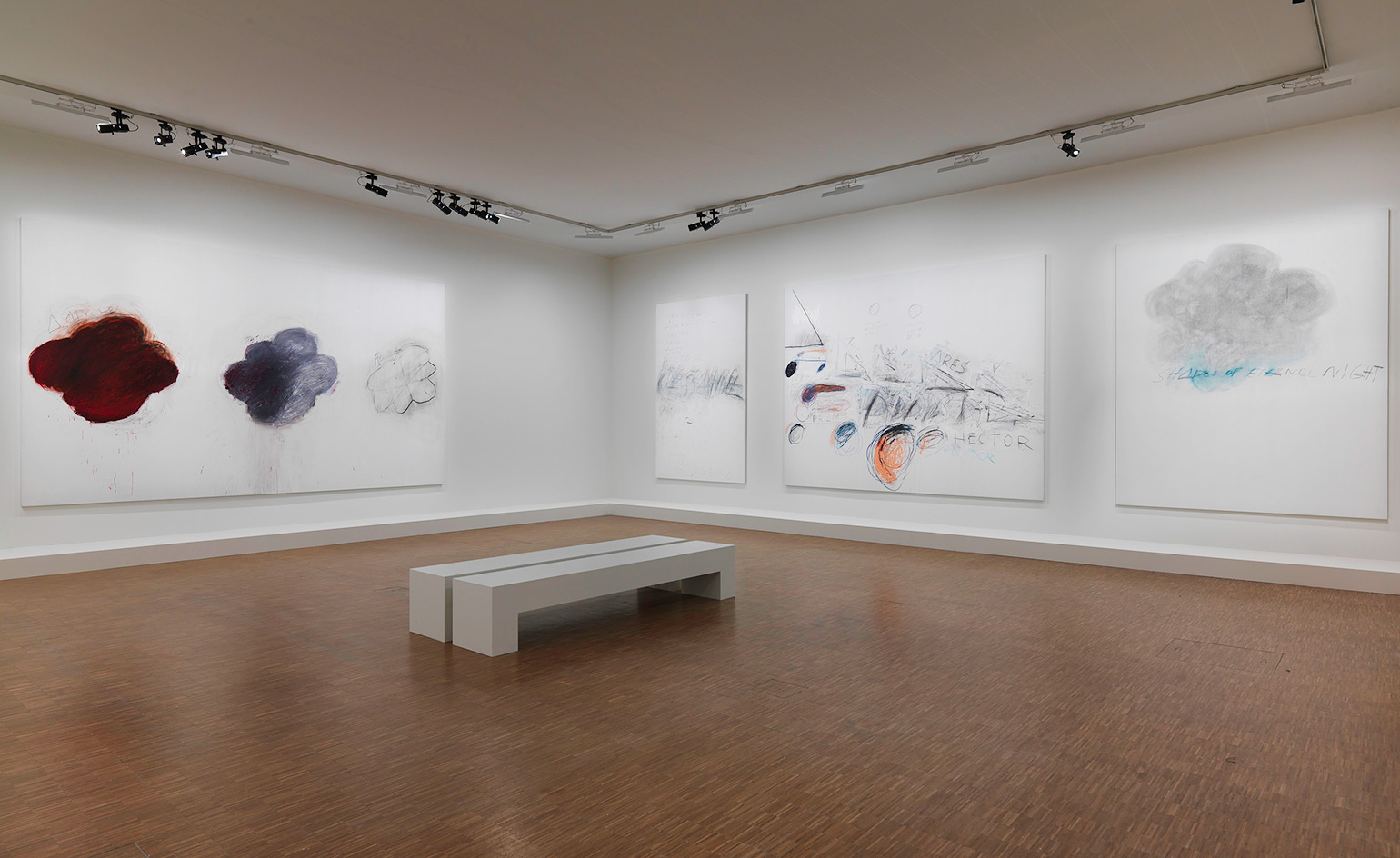
In 1975, Twombly bought a 16th-century house at Bassano in Teverina, north of Rome, establishing his summer studio there. Inspired by Homer’s Iliad, read in Alexander Pope’s 18th-century English translation, he embarked in 1977 on the major cycle Fifty Days at Iliam, the ten paintings in which were completed over two successive summers. © Centre Pompidou.
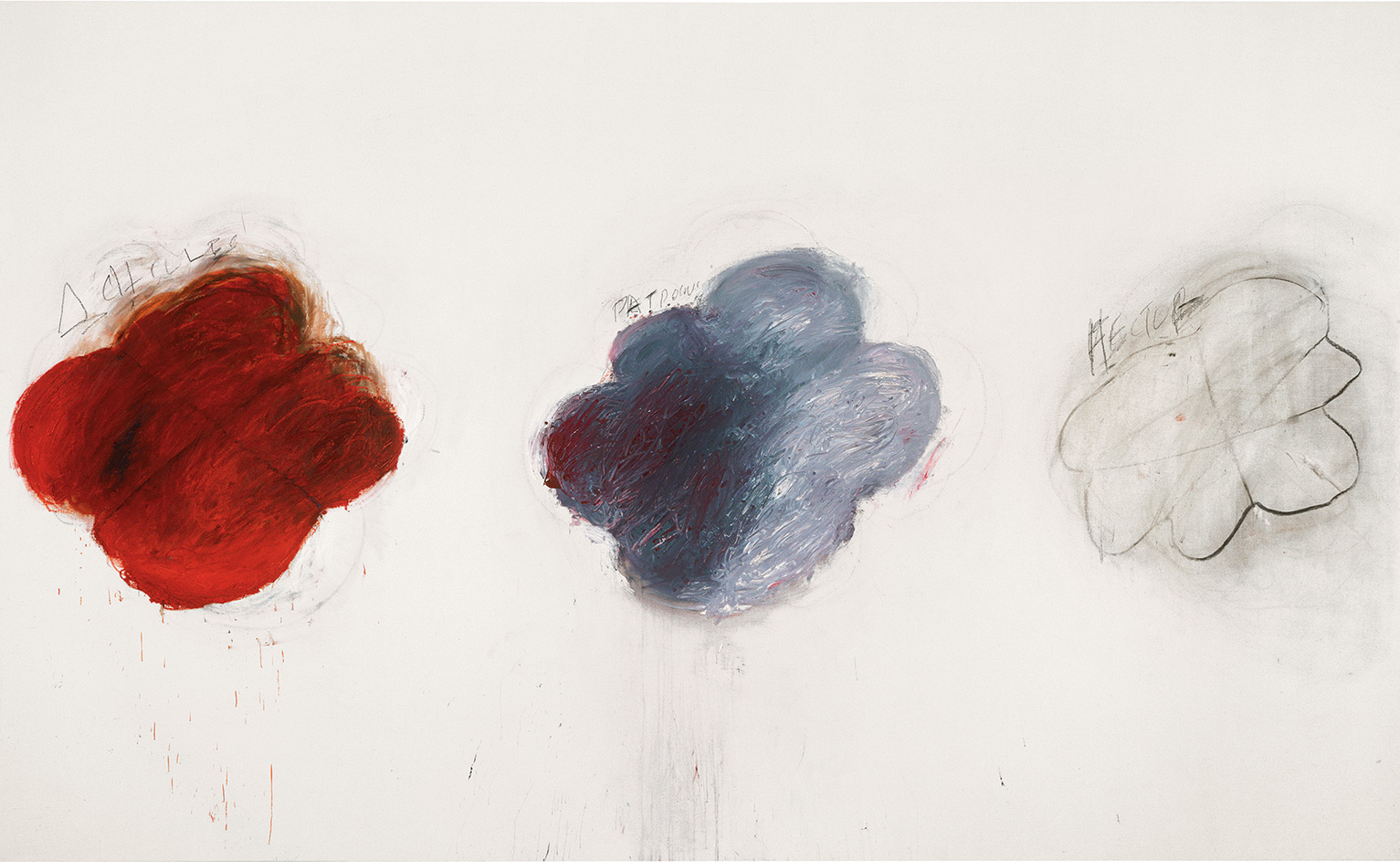
Fifty Days at Iliam Shades of Achilles, Patroclus and Hector, 1978.
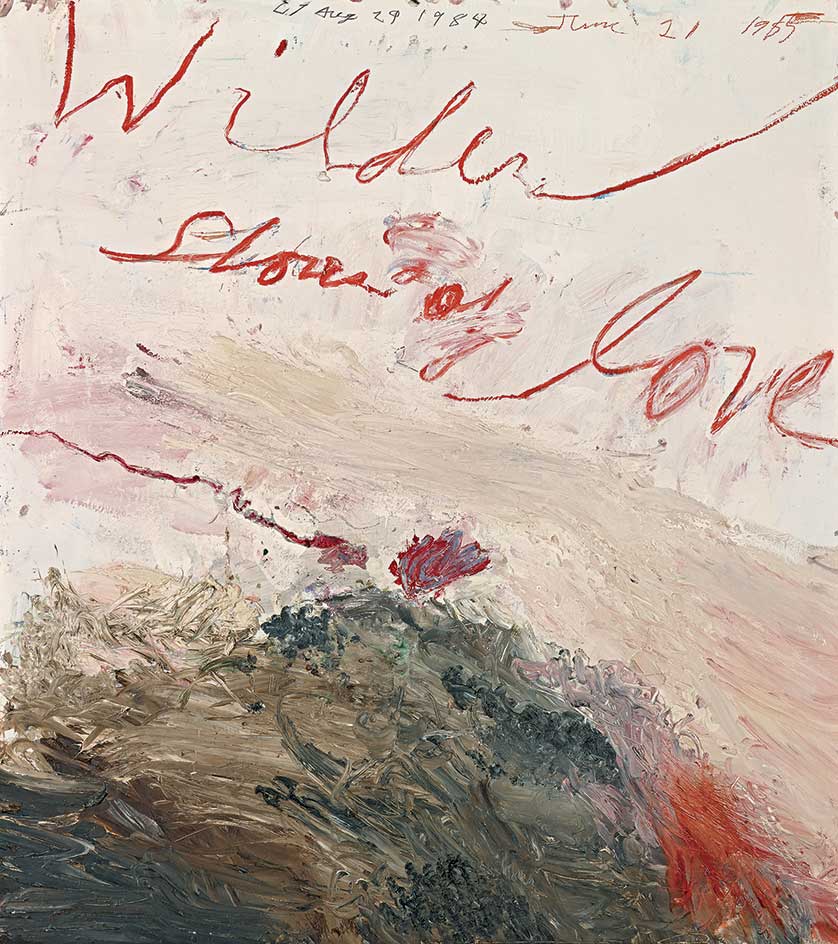
Wilder Shores of Love, 1985.
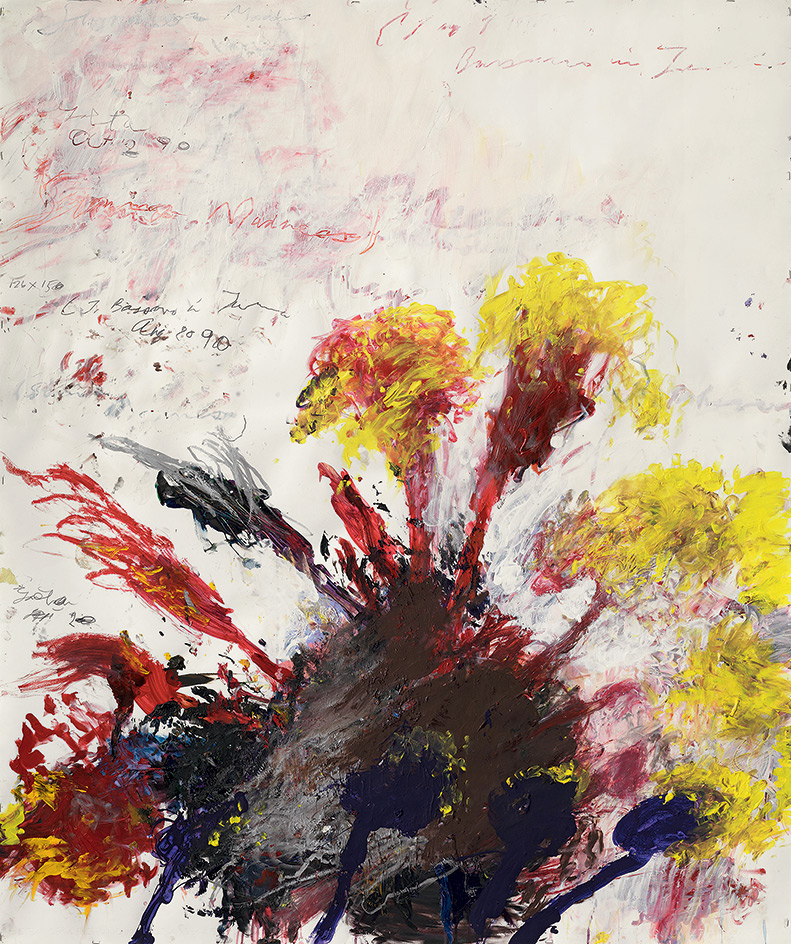
Summer Madness, 1990.
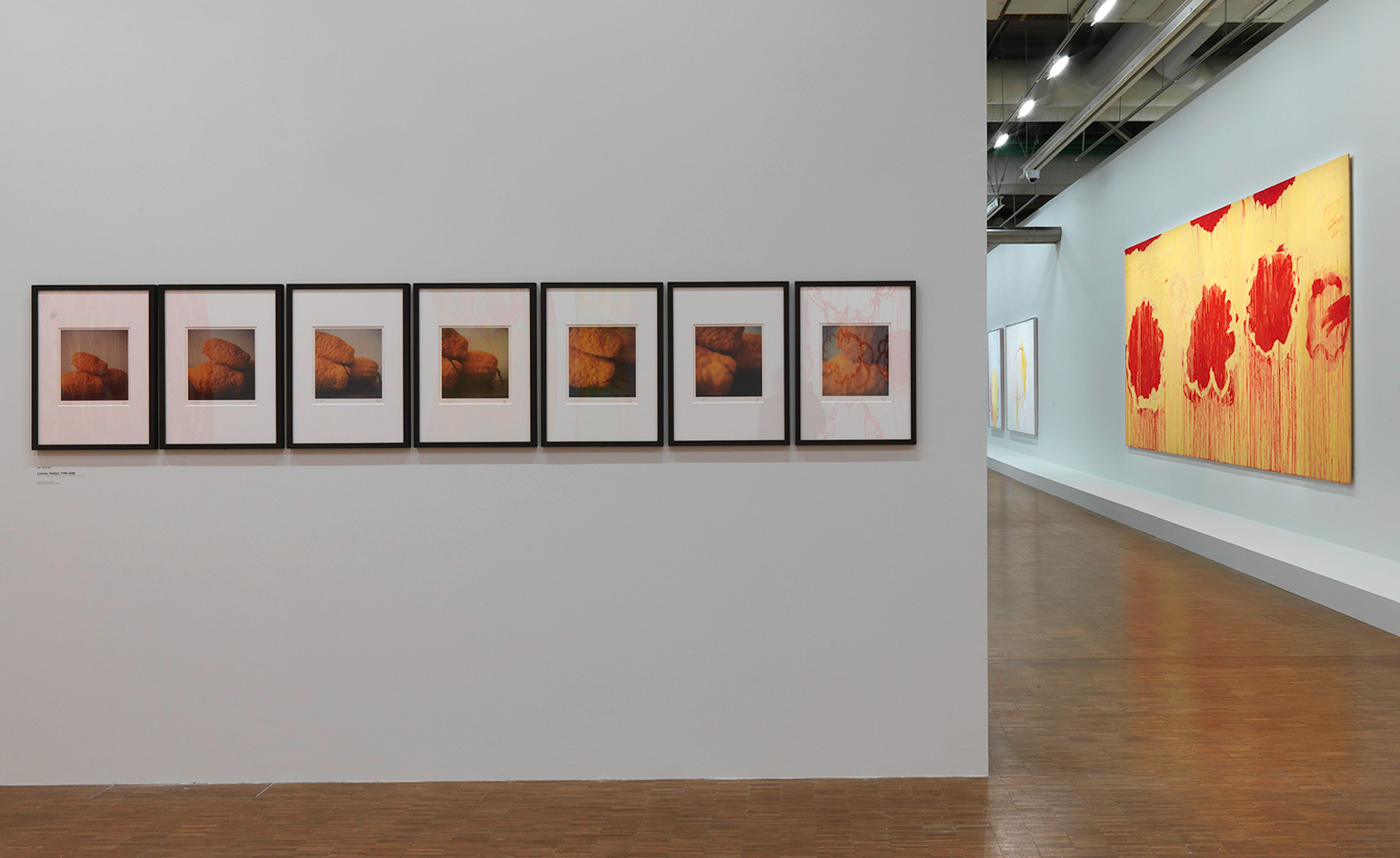
A selection of Twombly’s Polaroids are also on show as part of the survey.© Centre Pompidou
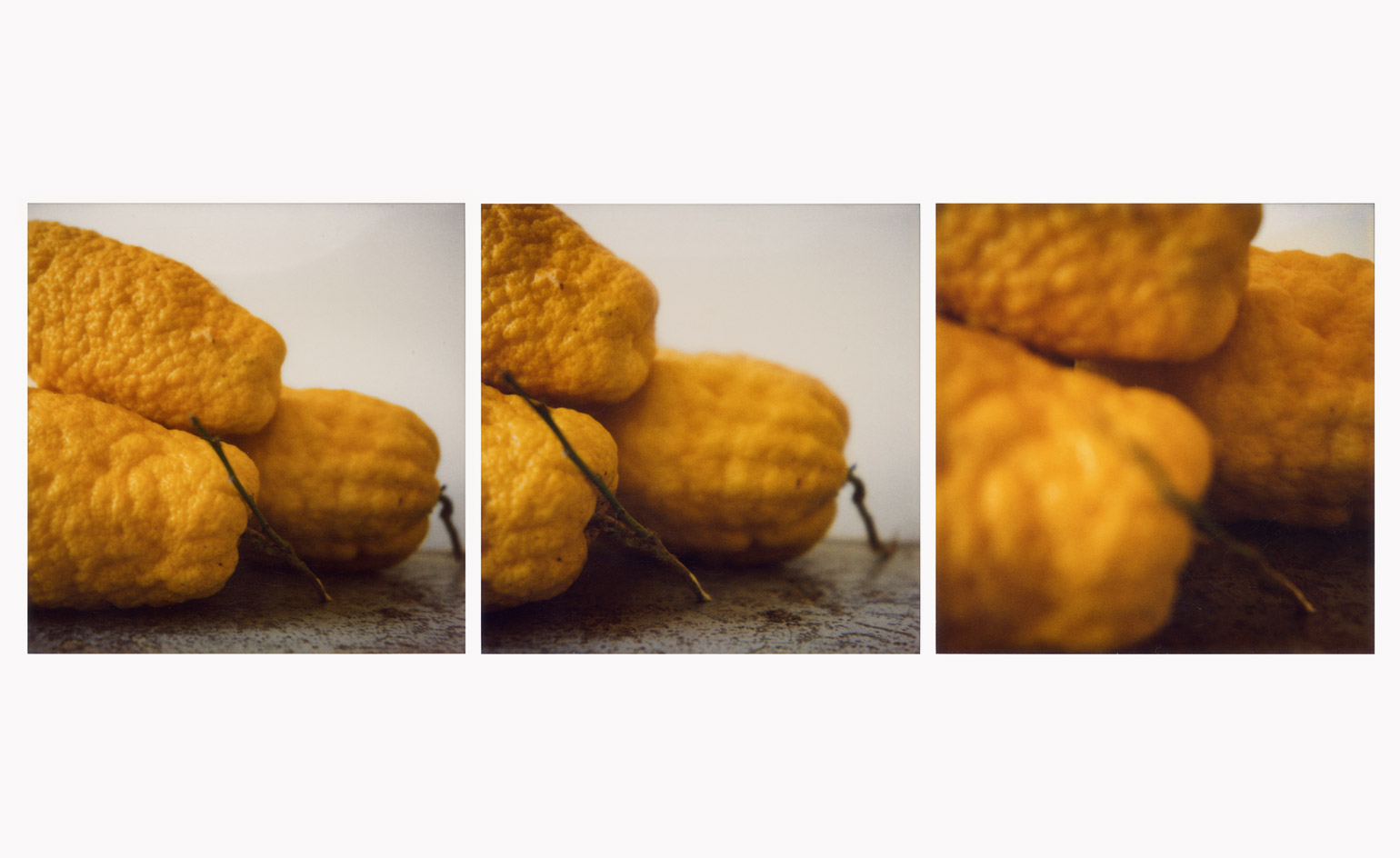
These images recall the work of the Italian painter Giorgio Morandi. Pictured, Lemons, 1998.
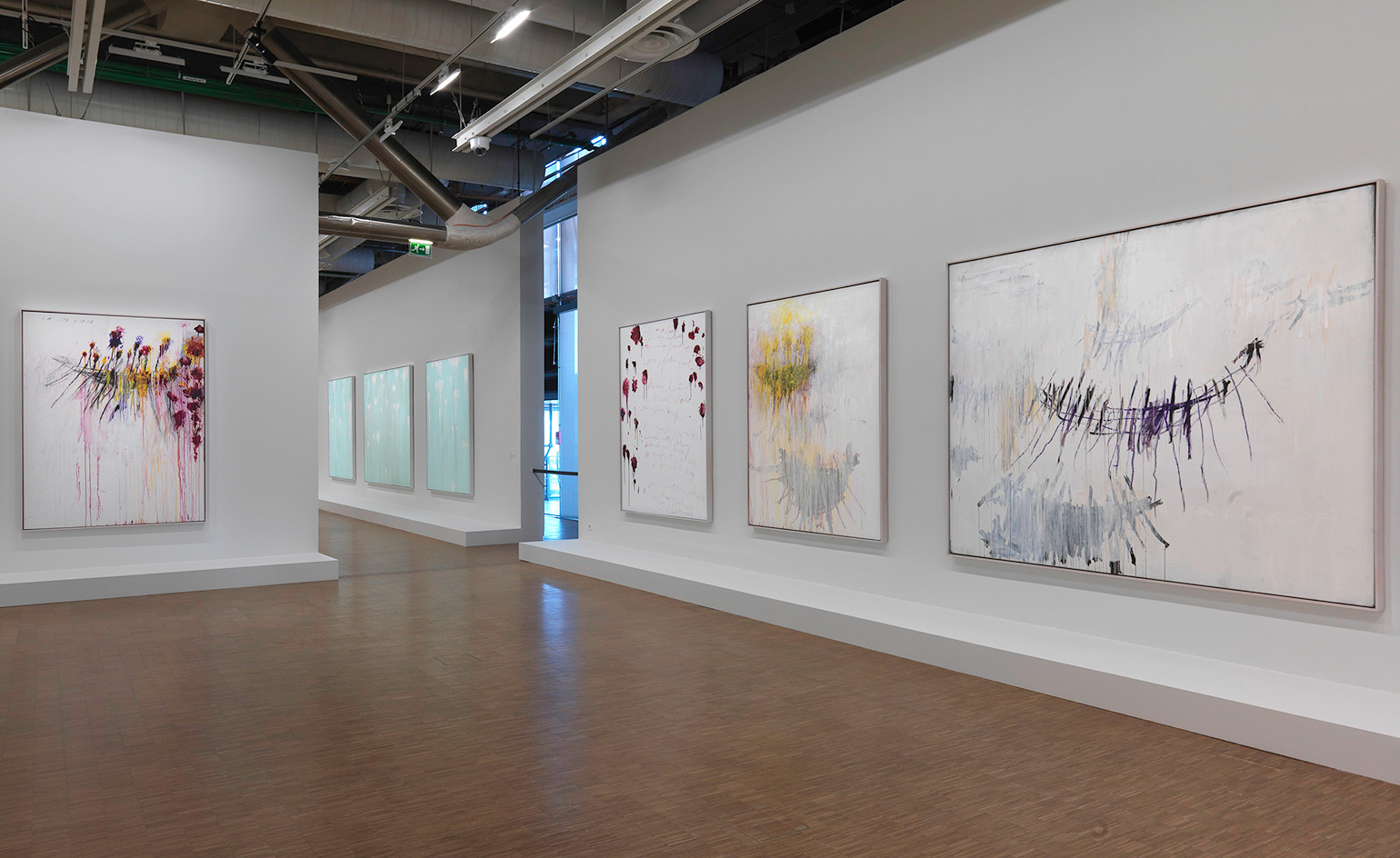
Coronation of Sesostris is one of the major painting cycles that punctuated Twombly’s career, differing from the purely abstract series in its incorporation of narrative elements. © Centre Pompidou.
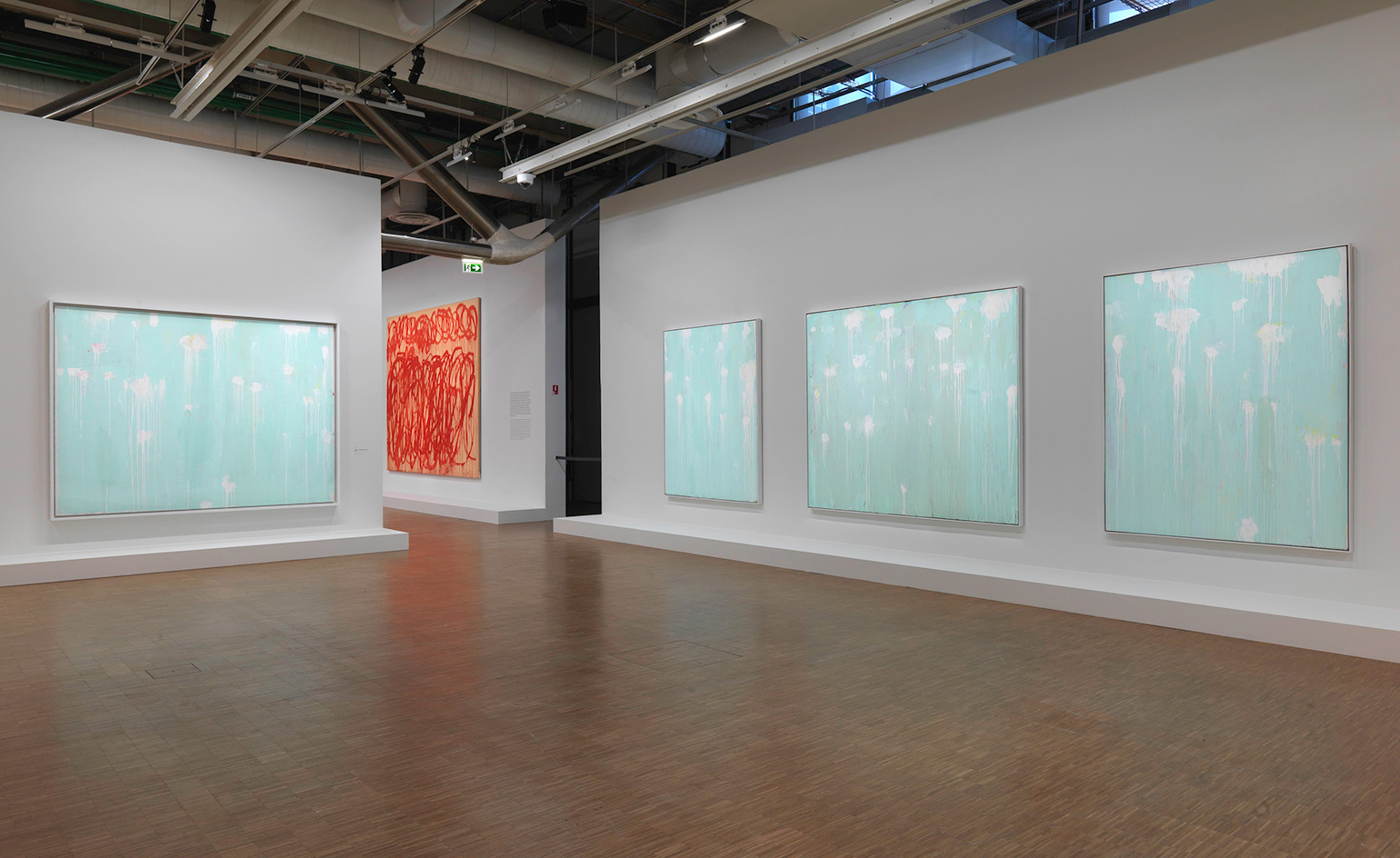
The cycle is inspired by the god Râ, whose two sun-boats traversed the heavens both day and night. © Centre Pompidou.
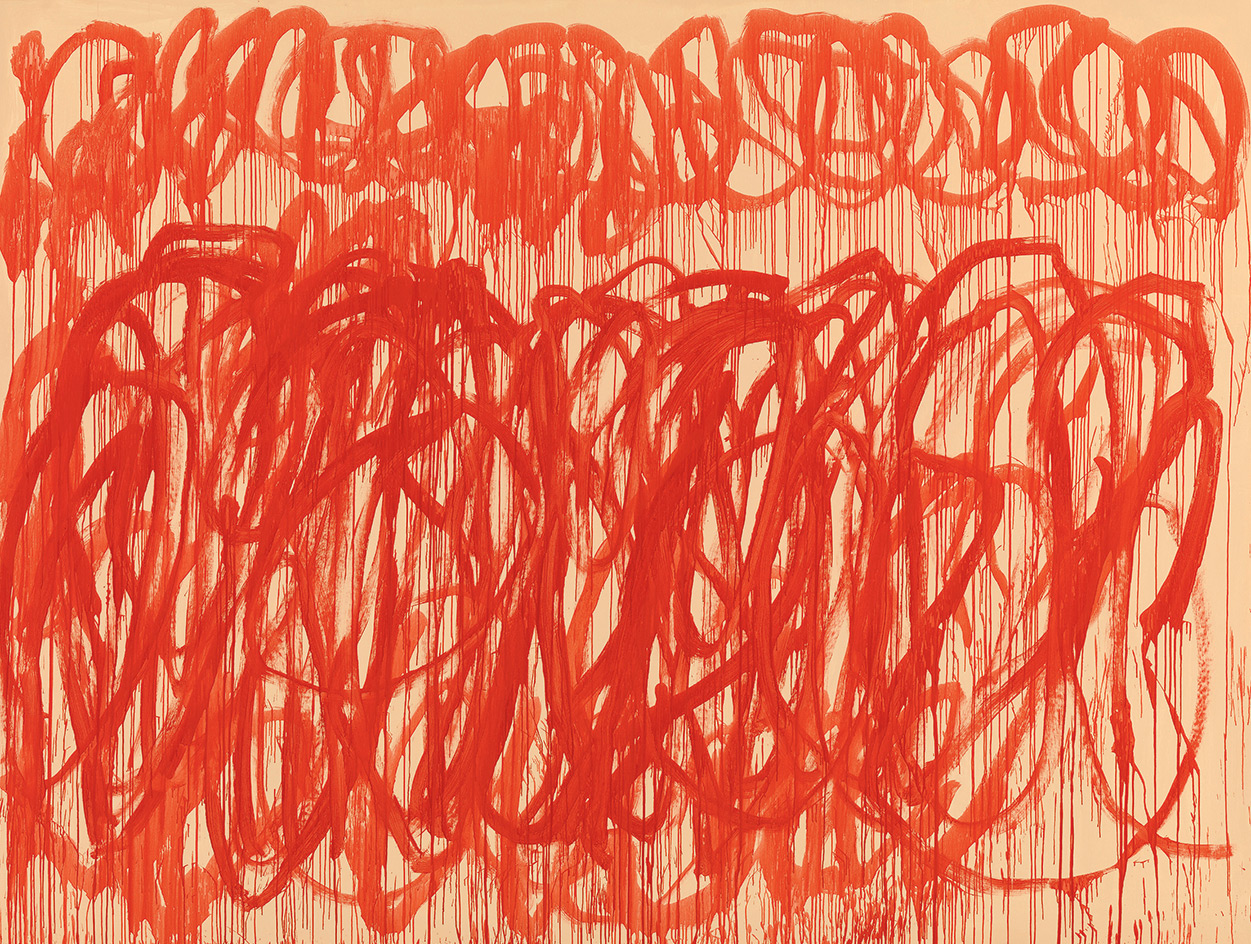
For the Bacchus series, painted at Twombly’s Gaeta studio in early 2005, the artist again remembered Homer’s Iliad and returned to the writing he had explored in the Black Paintings of the late 1960s. Pictured, Untitled (Bacchus), 2005.
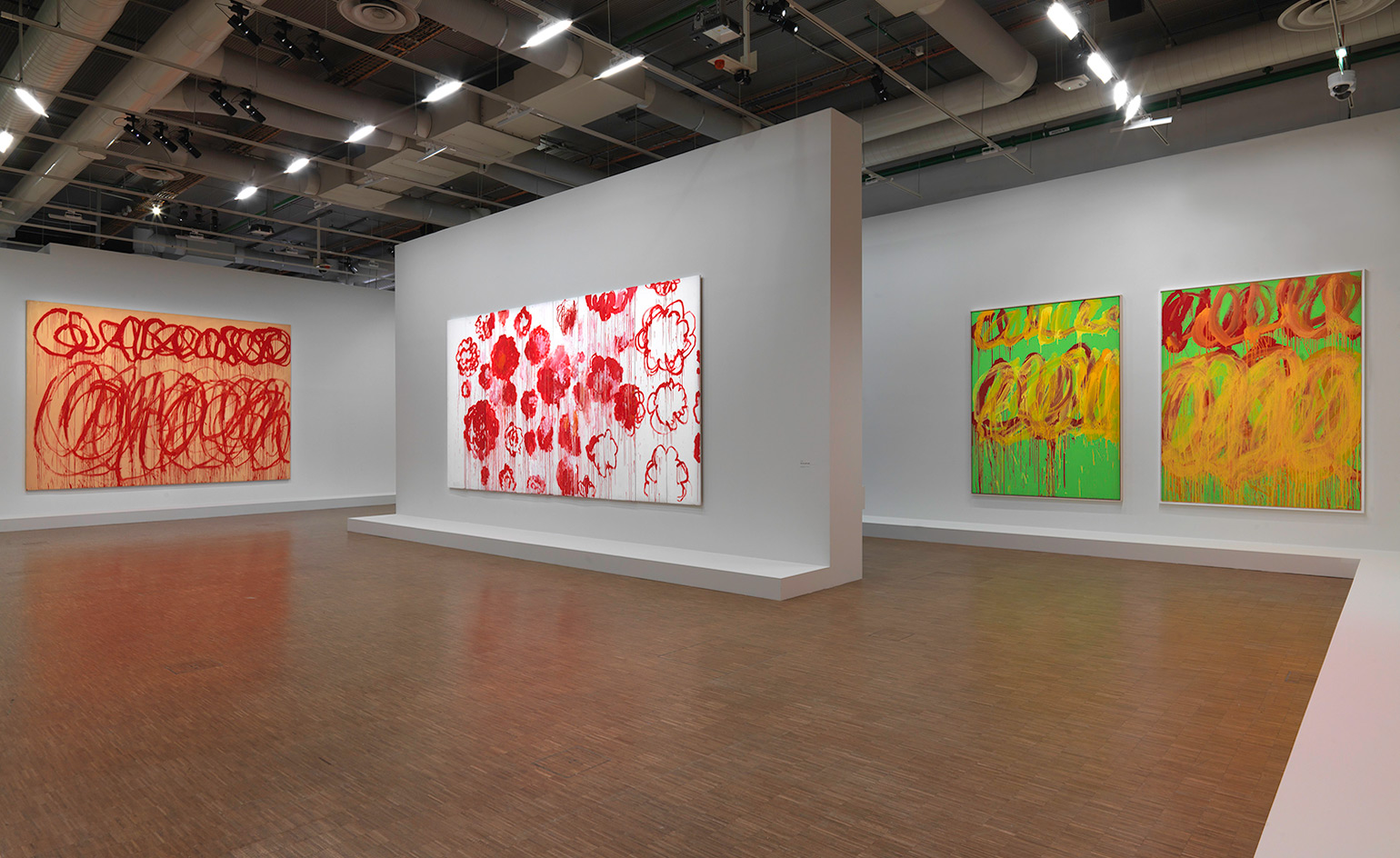
Here, he replaced the white wax crayon with red paint evocative of both blood and wine, allowed to run freely across the vast canvases. © Centre Pompidou.
INFORMATION
‘Cy Twombly’ is on view until 24 April. For more information, visit the Centre Pompidou website
Receive our daily digest of inspiration, escapism and design stories from around the world direct to your inbox.
ADDRESS
Centre Pompidou
Place Georges-Pompidou
75004 Paris
-
 Ten of the best track jackets for channelling a 1970s-meets-1990s cool
Ten of the best track jackets for channelling a 1970s-meets-1990s coolAs a ‘Marty Supreme’ track jacket makes a bid for viral garment of 2025 – thanks to one Timothée Chalamet – the Wallpaper* style team selects ten of the best tracksuit and coach jackets for men and women, each encapsulating an easy, nostalgia-tinged elegance
-
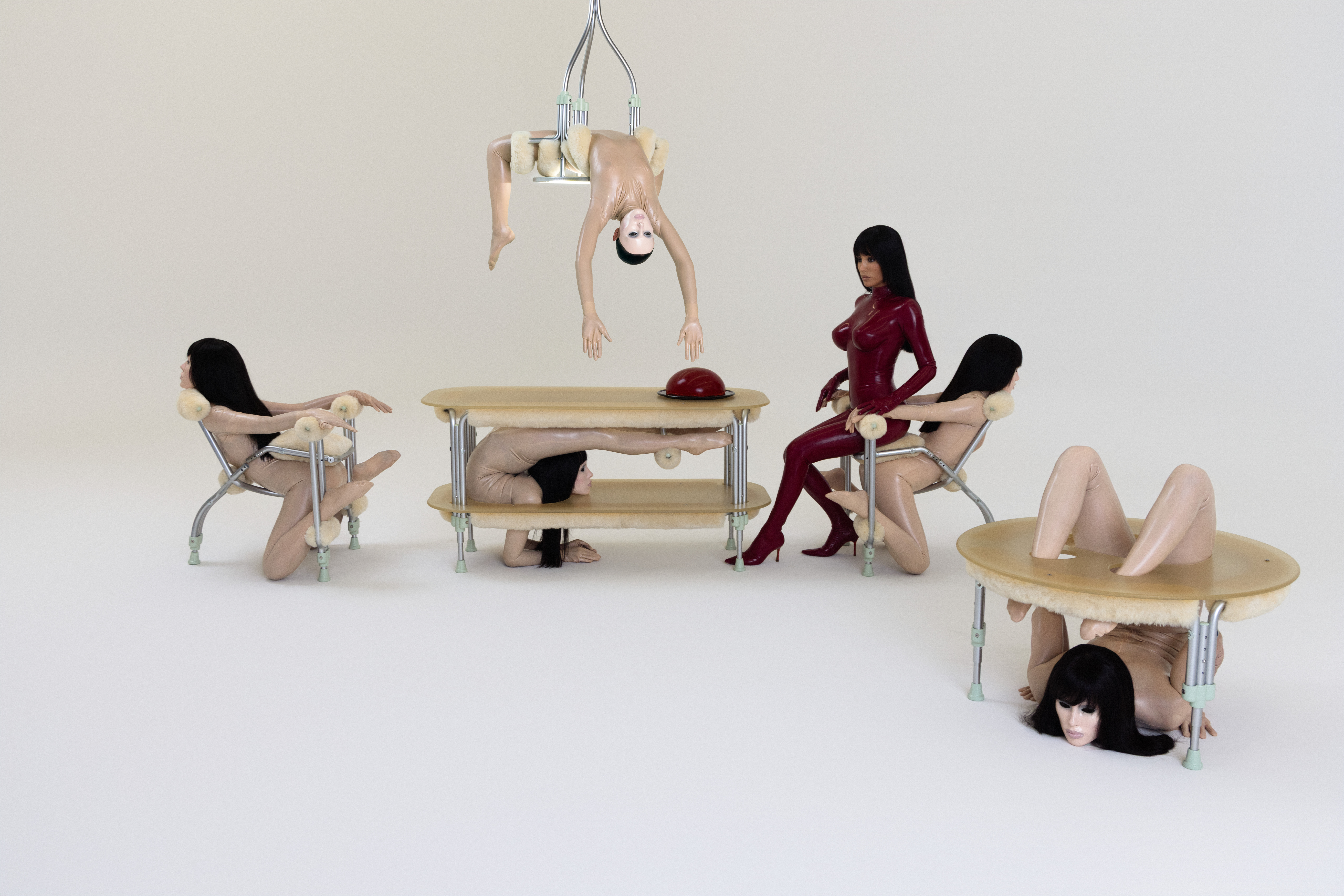 Eight questions for Bianca Censori, as she unveils her debut performance
Eight questions for Bianca Censori, as she unveils her debut performanceBianca Censori has presented her first exhibition and performance, BIO POP, in Seoul, South Korea
-
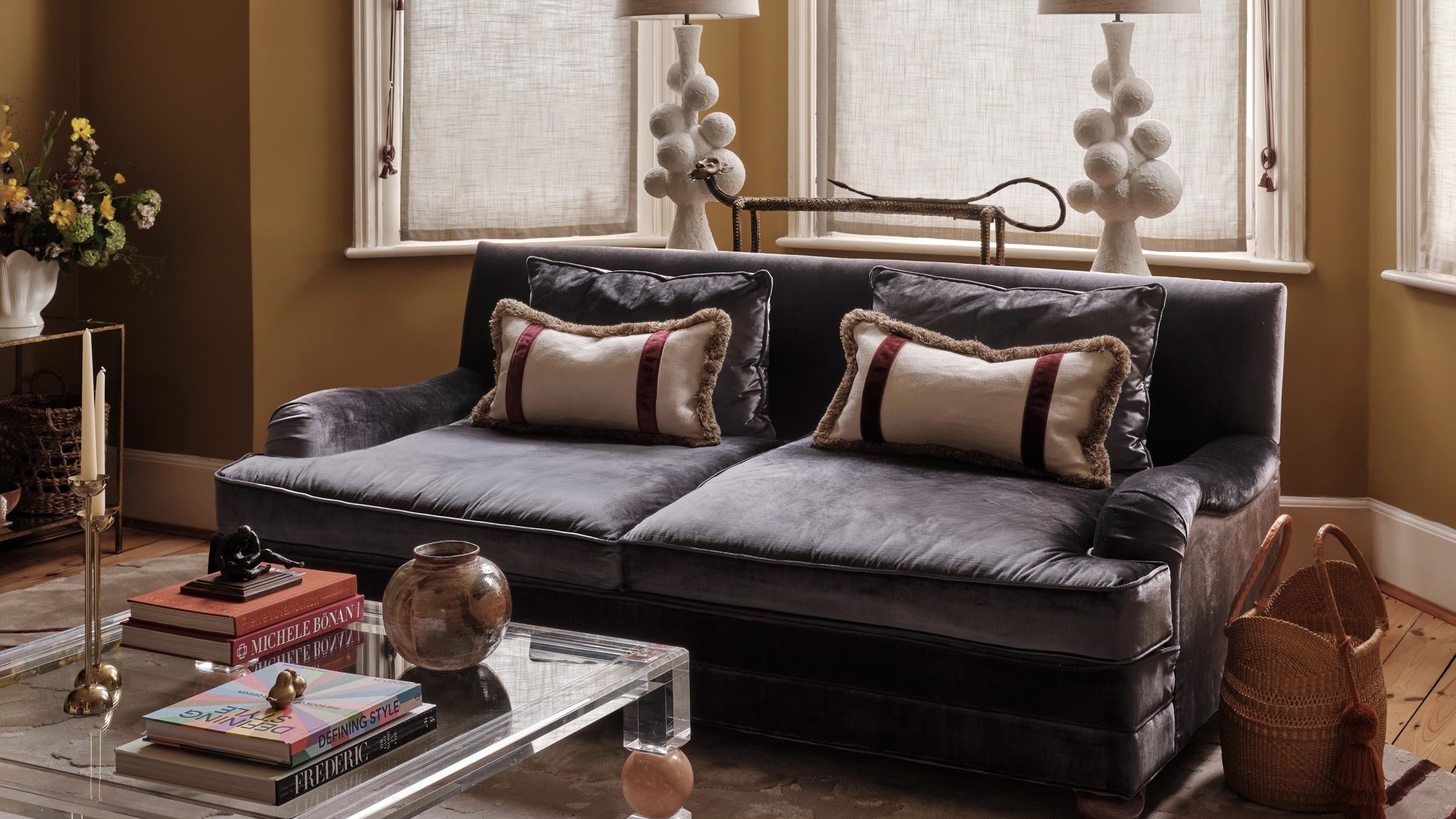 How to elevate a rental with minimal interventions? Charu Gandhi has nailed it with her London home
How to elevate a rental with minimal interventions? Charu Gandhi has nailed it with her London homeFocus on key spaces, work with inherited details, and go big on colour and texture, says Gandhi, an interior designer set on beautifying her tired rental
-
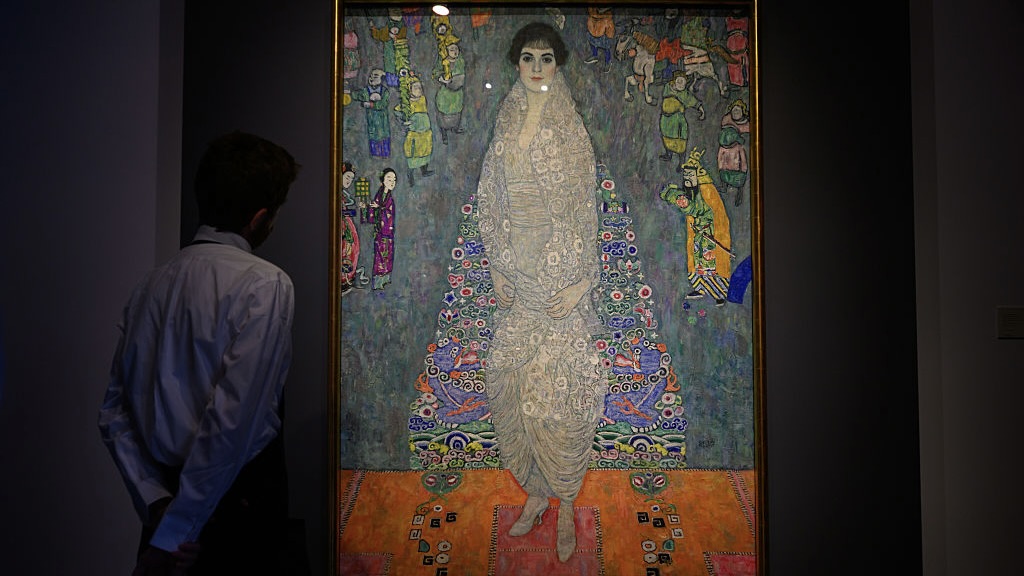 This Gustav Klimt painting just became the second most expensive artwork ever sold – it has an incredible backstory
This Gustav Klimt painting just became the second most expensive artwork ever sold – it has an incredible backstorySold by Sotheby’s for a staggering $236.4 million, ‘Portrait of Elisabeth Lederer’ survived Nazi looting and became the key to its subject’s survival
-
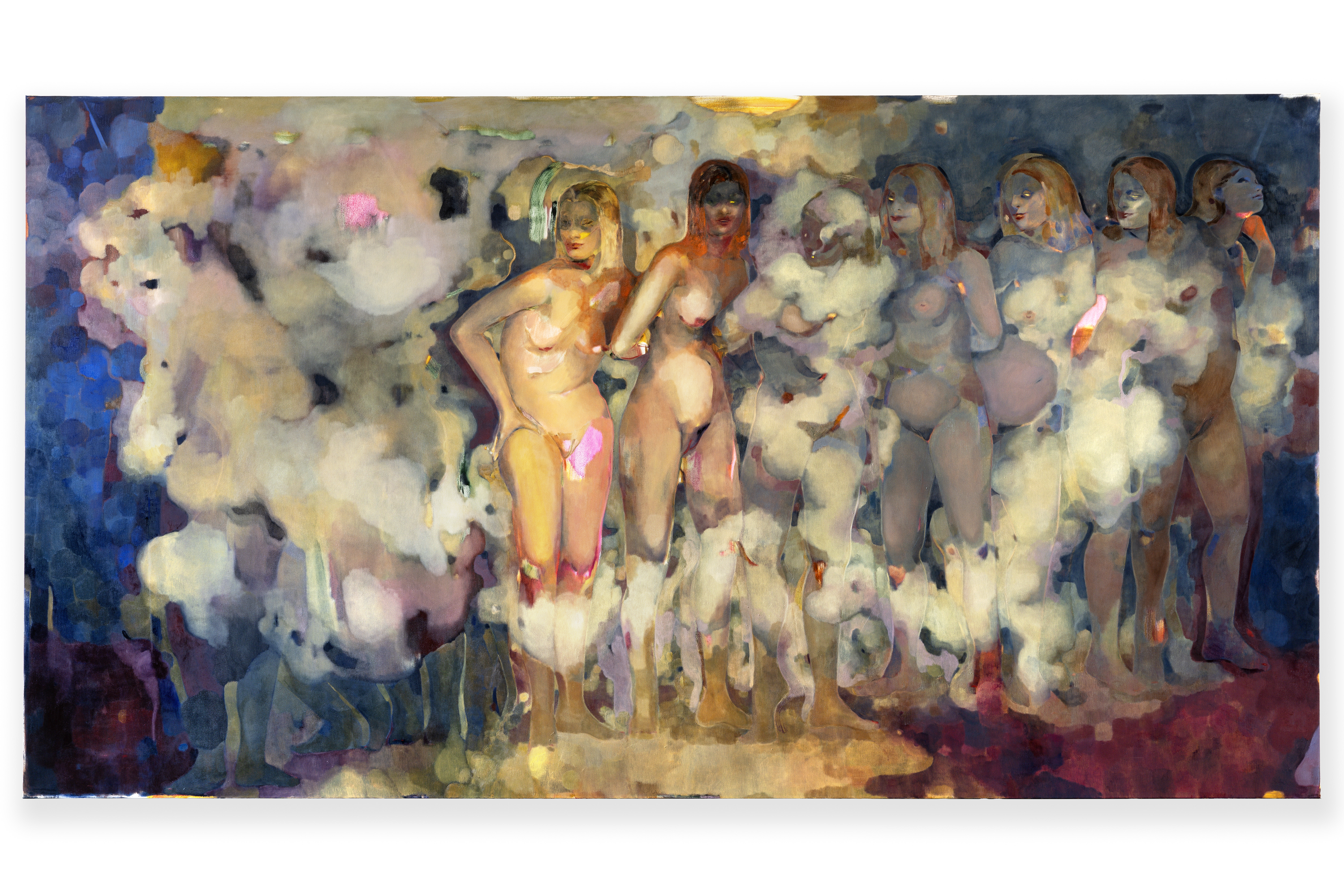 Meet Eva Helene Pade, the emerging artist redefining figurative painting
Meet Eva Helene Pade, the emerging artist redefining figurative paintingPade’s dreamlike figures in a crowd are currently on show at Thaddaeus Ropac London; she tells us about her need ‘to capture movements especially’
-
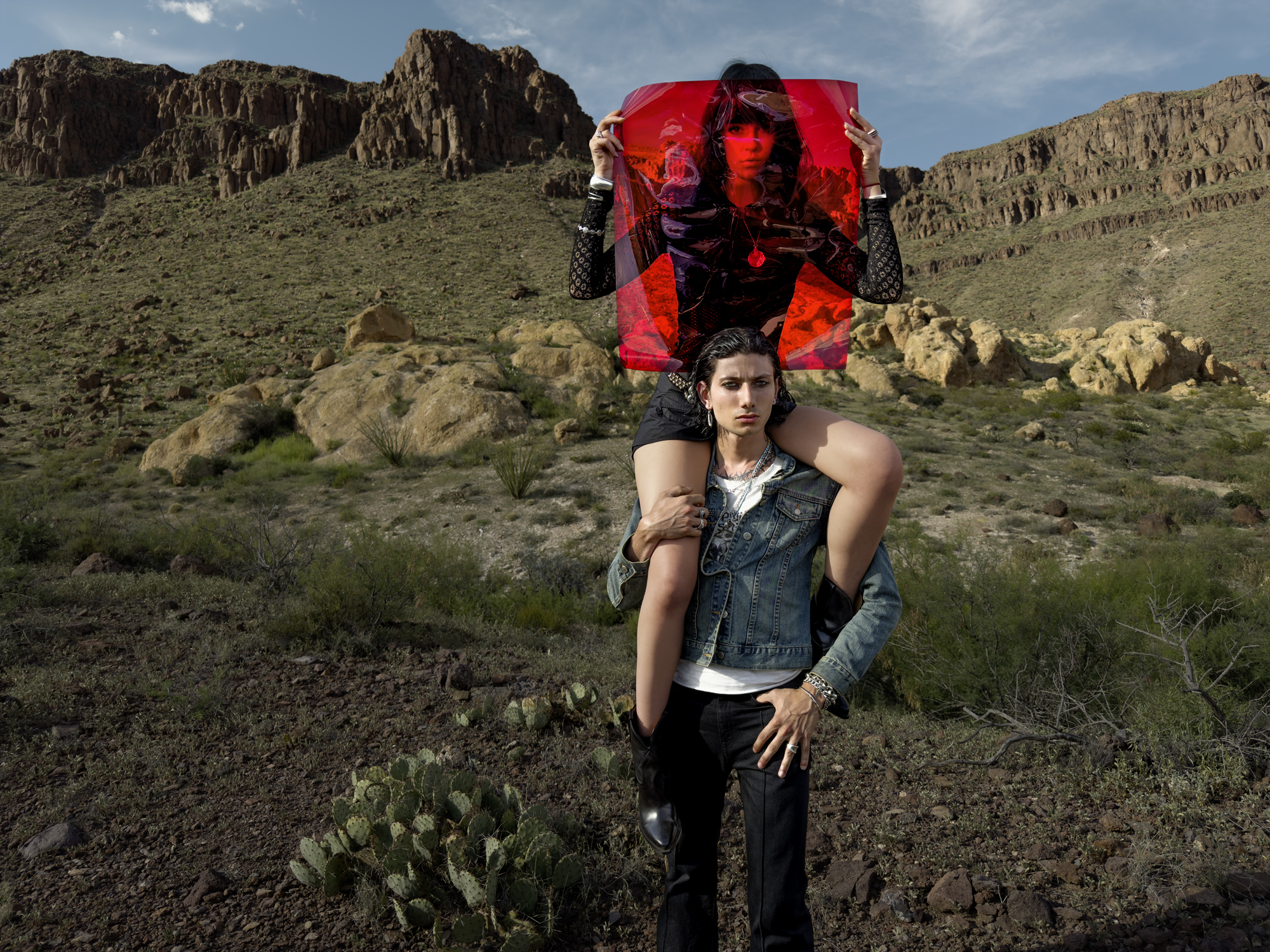 Inez & Vinoodh unveil romantic new photography series in Paris
Inez & Vinoodh unveil romantic new photography series in ParisA series of portraits of couple Charles Matadin and Natalie Brumley, created using an iPhone in Marfa, Texas, goes on show in Paris
-
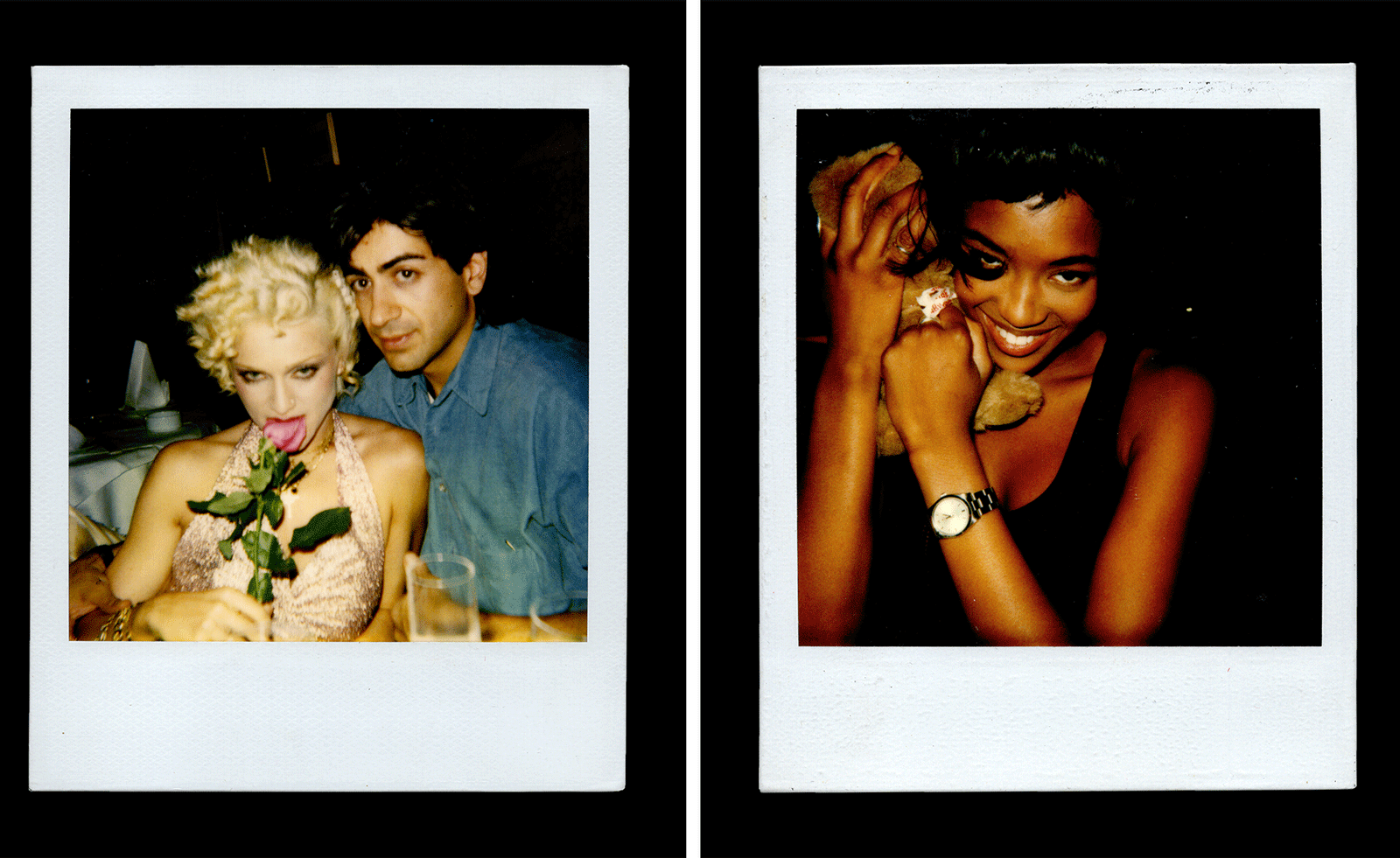 Inside Davé, Polaroids from a little-known Paris hotspot where the A-list played
Inside Davé, Polaroids from a little-known Paris hotspot where the A-list playedChinese restaurant Davé drew in A-list celebrities for three decades. What happened behind closed doors? A new book of Polaroids looks back
-
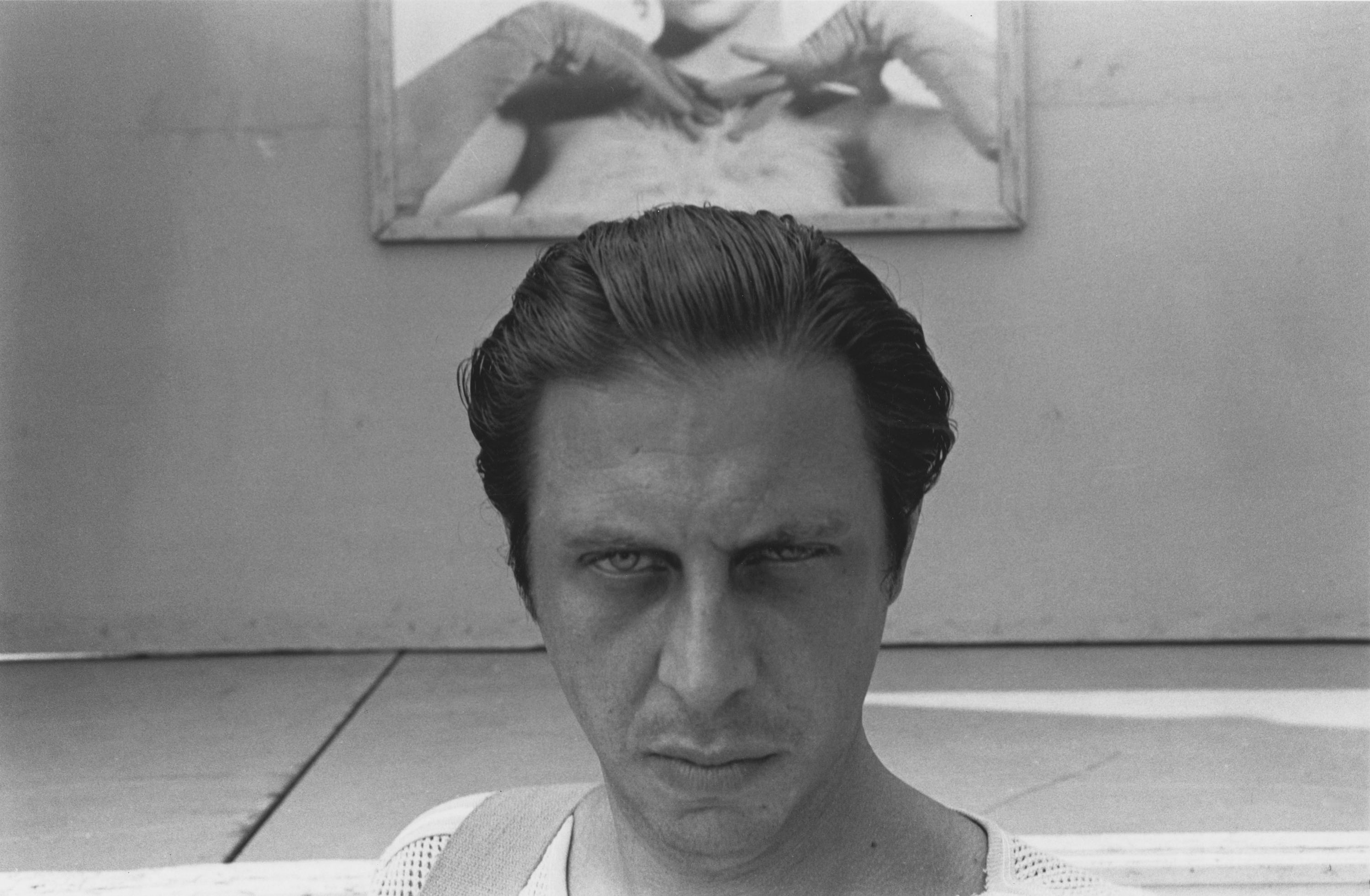 All eyes on Paris Photo 2025 – focus on our highlights
All eyes on Paris Photo 2025 – focus on our highlightsThe world's most important international photography fair brings together iconic and emerging names, galleries large and small – and there’s much to covet
-
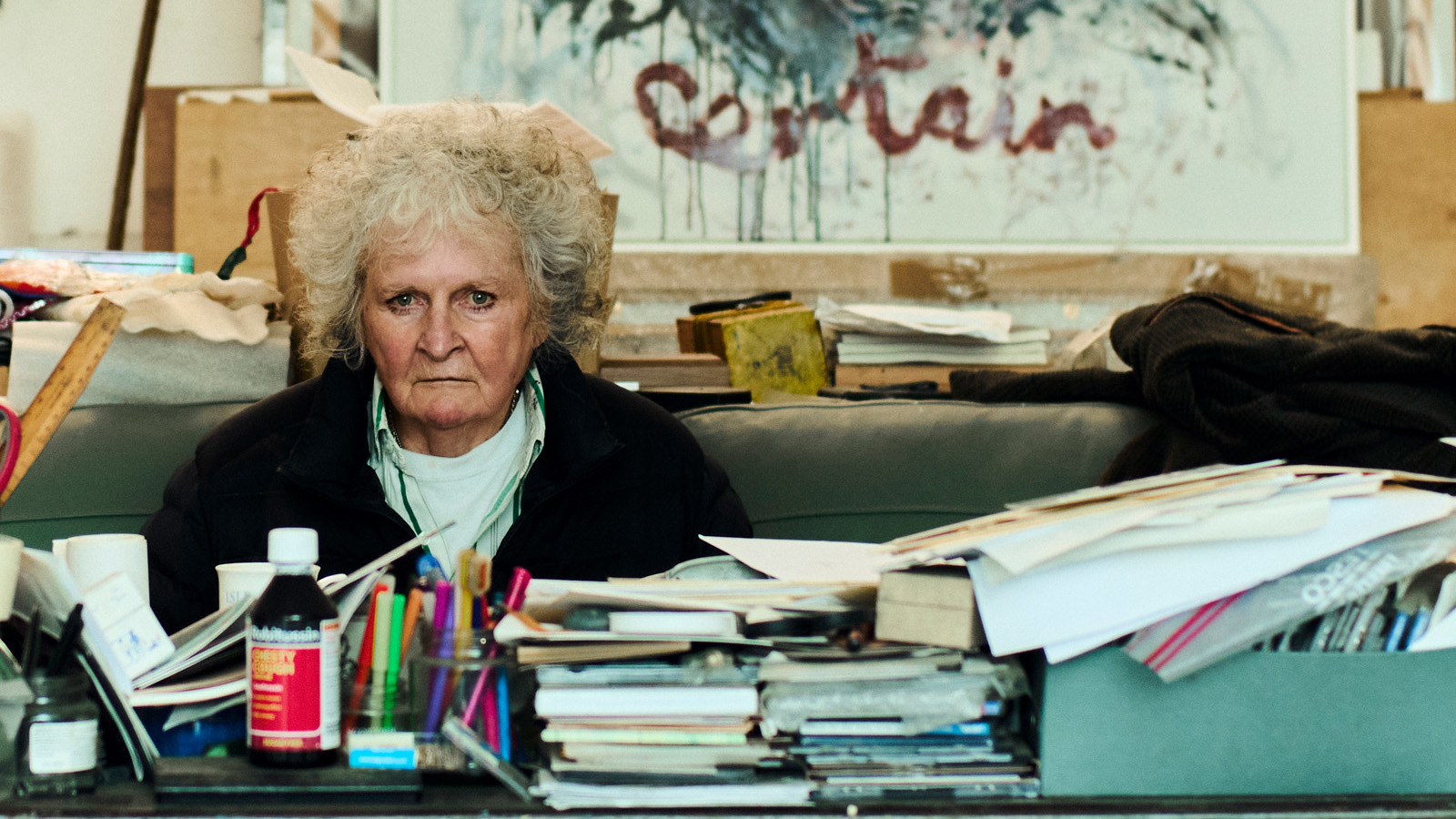 Maggi Hambling at 80: what next?
Maggi Hambling at 80: what next?To mark a significant year, artist Maggi Hambling is unveiling both a joint London exhibition with friend Sarah Lucas and a new Rizzoli monograph. We visit her in the studio
-
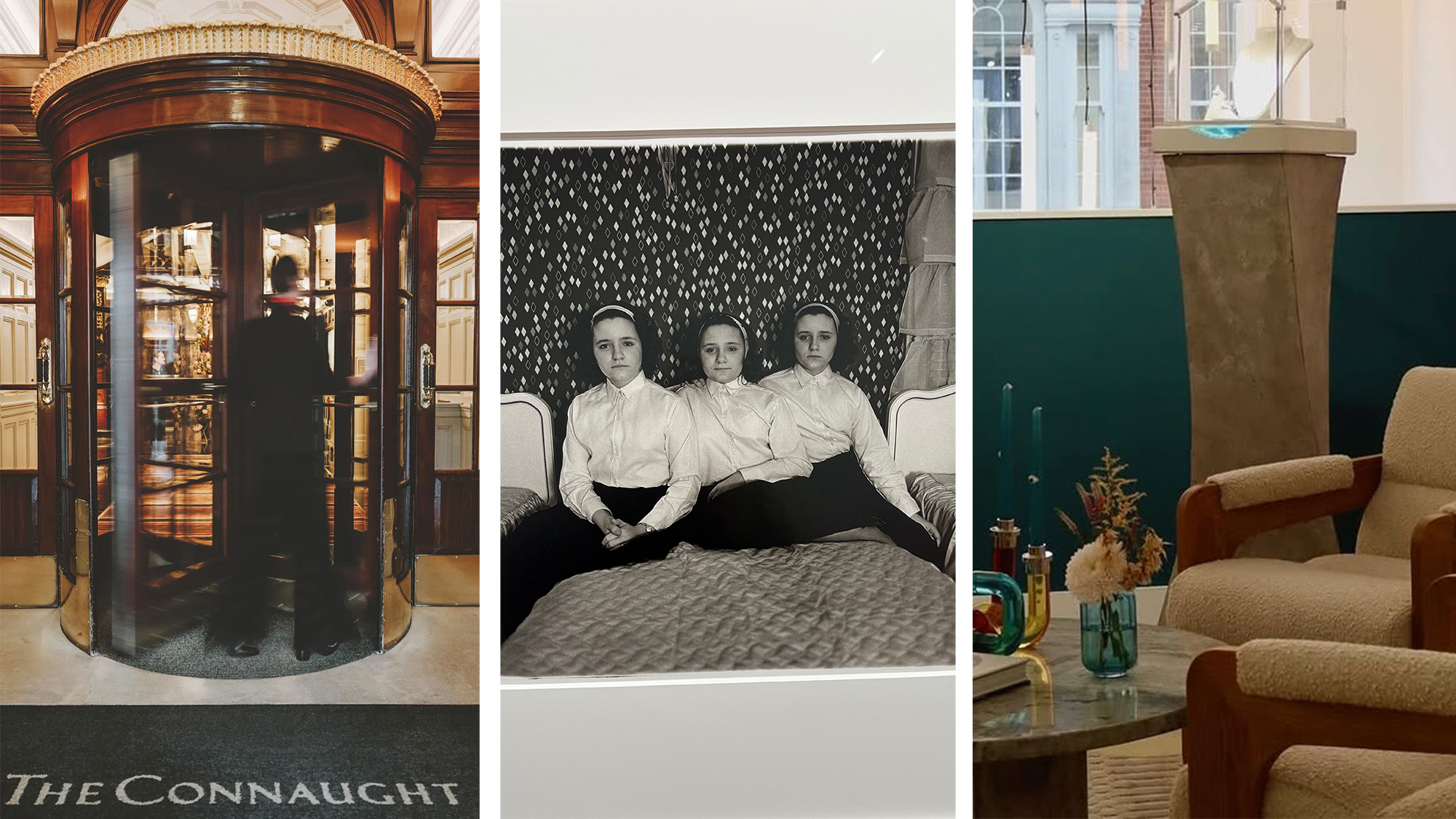 Out of office: The Wallpaper* editors’ picks of the week
Out of office: The Wallpaper* editors’ picks of the weekThis week, the Wallpaper* editors curated a diverse mix of experiences, from meeting diamond entrepreneurs and exploring perfume exhibitions to indulging in the the spectacle of a Middle Eastern Christmas
-
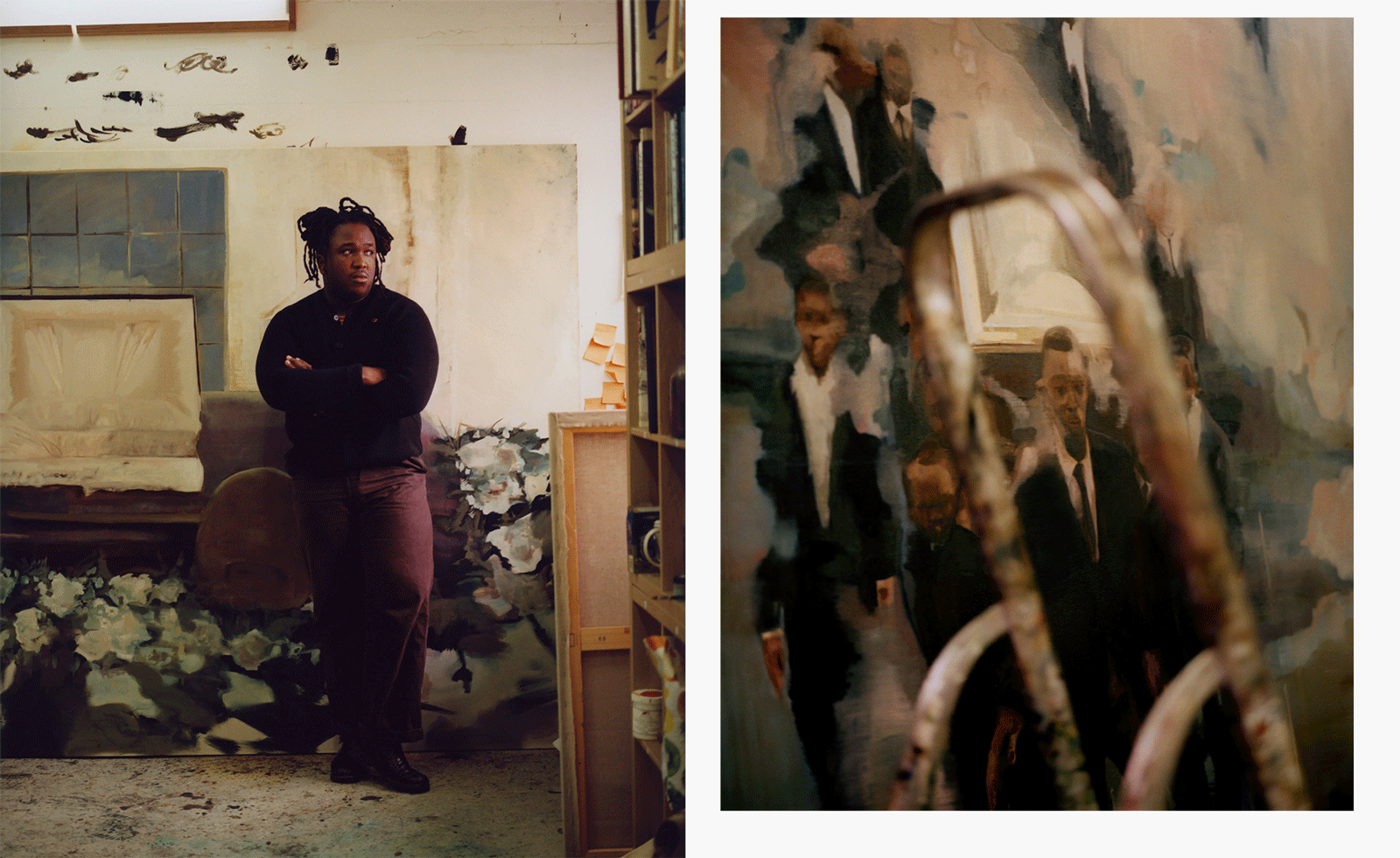 Artist Shaqúelle Whyte is a master of storytelling at Pippy Houldsworth Gallery
Artist Shaqúelle Whyte is a master of storytelling at Pippy Houldsworth GalleryIn his London exhibition ‘Winter Remembers April’, rising artist Whyte offers a glimpse into his interior world